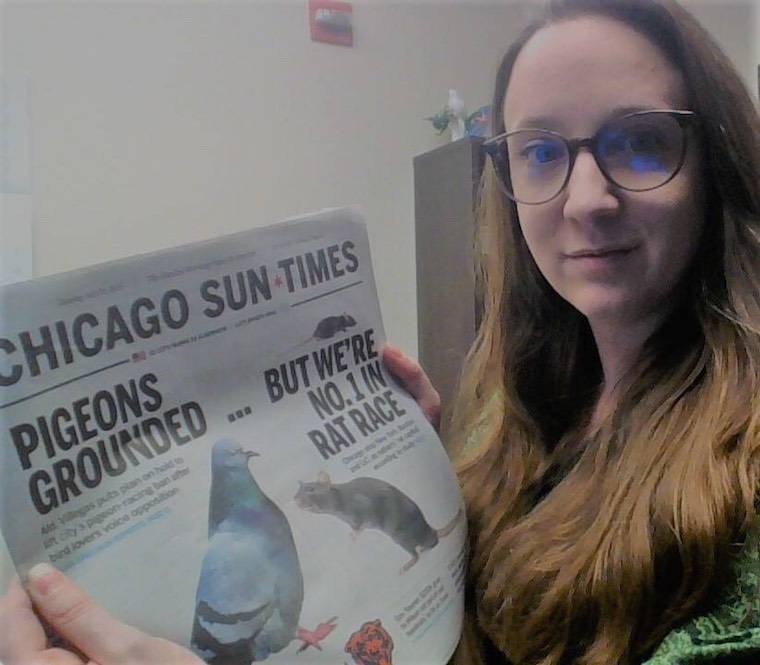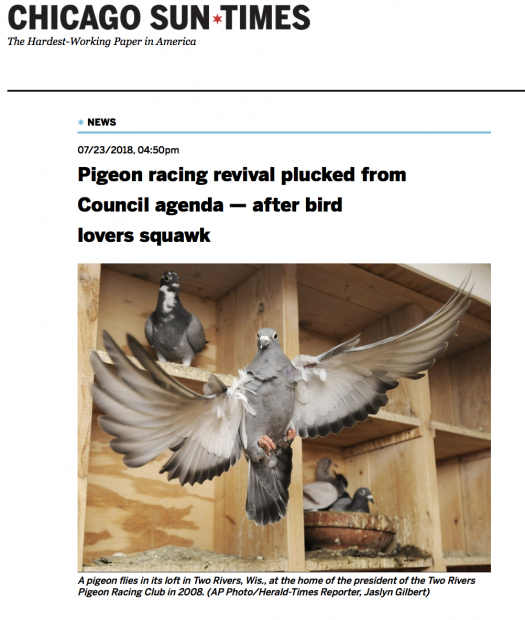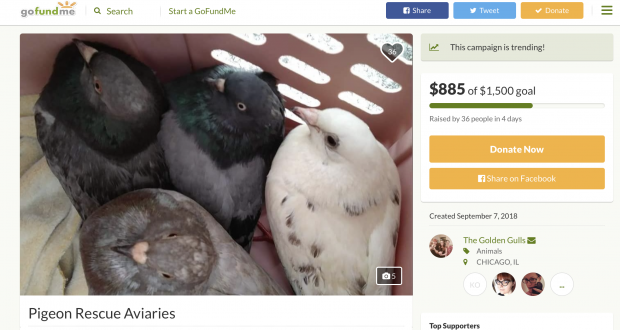Guest Post by Janice Lipsky
I am very pleased to announce the launch of my pet project. It’s been many years in the making, inspired by my muse: a racing pigeon named “Woot.” I was also inspired by our Palomacy community, the like-minded, compassionate people who are true pigeon aficionados. So many of you have helped the birds, either through your individual rescue and adoption efforts, or on a broader scale, cleaning and building aviaries, and doing outreach. Some of you are visual artists and writers, using your talents to bring awareness to the plight of pigeons. In the late summer of 2014, we rescued a lost racing pigeon and built an aviary that would come to house three additional birds. You can read my actual story, Woot! There He Is! to see how it all began.
But now, about the book…
I think we all can agree that within animal rescue as a whole, there is a low awareness of the “sport” of pigeon racing. Palomacy has done so much to raise awareness and increase rescue efforts. My way of contributing was to use fiction to build awareness and compassion toward racing pigeons. I was struck by the dichotomy between some breeders (perhaps not all), who perceive the birds as objects to be used for personal gain versus the rescue community who identifies the birds as individuals.“Woot!” the book is a middle grade novel but will be enjoyed by adults as well, and can be read to younger children. The story centers around twelve- year old Daniel Wilson, who shares an unusual hobby with his father, Jed. They breed and race homing pigeons. But father and son don’t see eye to eye on the purpose of the birds. Jed views the birds as competitors – he needs to win his bet on which bird will come in first in every race. But Daniel has a special gift. He understands the birds and comes to discover he can even talk to them! In fact, his star racing pigeon – Woot – becomes his secret best friend. As Daniel and Jed prepare Woot for the Southwest Regional Pigeon Race, everything is on the line. Will Woot win and prove to be the champion Daniel knows he is? Or will he lose the race and be cast off, like so many other pigeons who don’t become racing stars? The stakes are high for both boy and bird as this desert adventure unfolds. The book includes nine beautiful illustrations from New Mexico artist, Carrie A. Schultz.
While Woot the racing pigeon is the star of the story, he encounters feral street pigeons in downtown Phoenix, king pigeons at an outdoor market, wedding release pigeons, and “fancy” breeds valued for their looks or skills. In other words, something for all of us Palomacy pigeon-lovers! Here is a link to purchase the book and in support of the birds, I will donate half of my proceeds to Palomacy over the next three months.
If you like the book, it would be awesome if you could write a favorable review or provide a rating to help spread the word. Who knows? Maybe the story could become an animated film some day and help further the rightful grand image of our favorite bird.
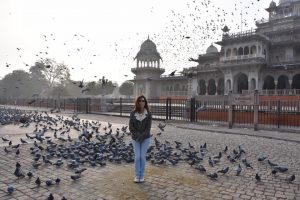 Janice Lipsky is a marketer and writer living in Scottsdale, Arizona. Originally from New York, she moved to a desert environment in part to be closer to nature. She has a PhD in social psychology and draws on her background to inform her creative writing. She enjoys hiking, tennis, and taekwondo. She lives with four pigeons, three cats and her husband. To read about Woot’s self-rescue and her inaugural story of passion for pigeons and involvement with Palomacy, click here.
Janice Lipsky is a marketer and writer living in Scottsdale, Arizona. Originally from New York, she moved to a desert environment in part to be closer to nature. She has a PhD in social psychology and draws on her background to inform her creative writing. She enjoys hiking, tennis, and taekwondo. She lives with four pigeons, three cats and her husband. To read about Woot’s self-rescue and her inaugural story of passion for pigeons and involvement with Palomacy, click here.
Palomacy Founder Elizabeth Young’s review


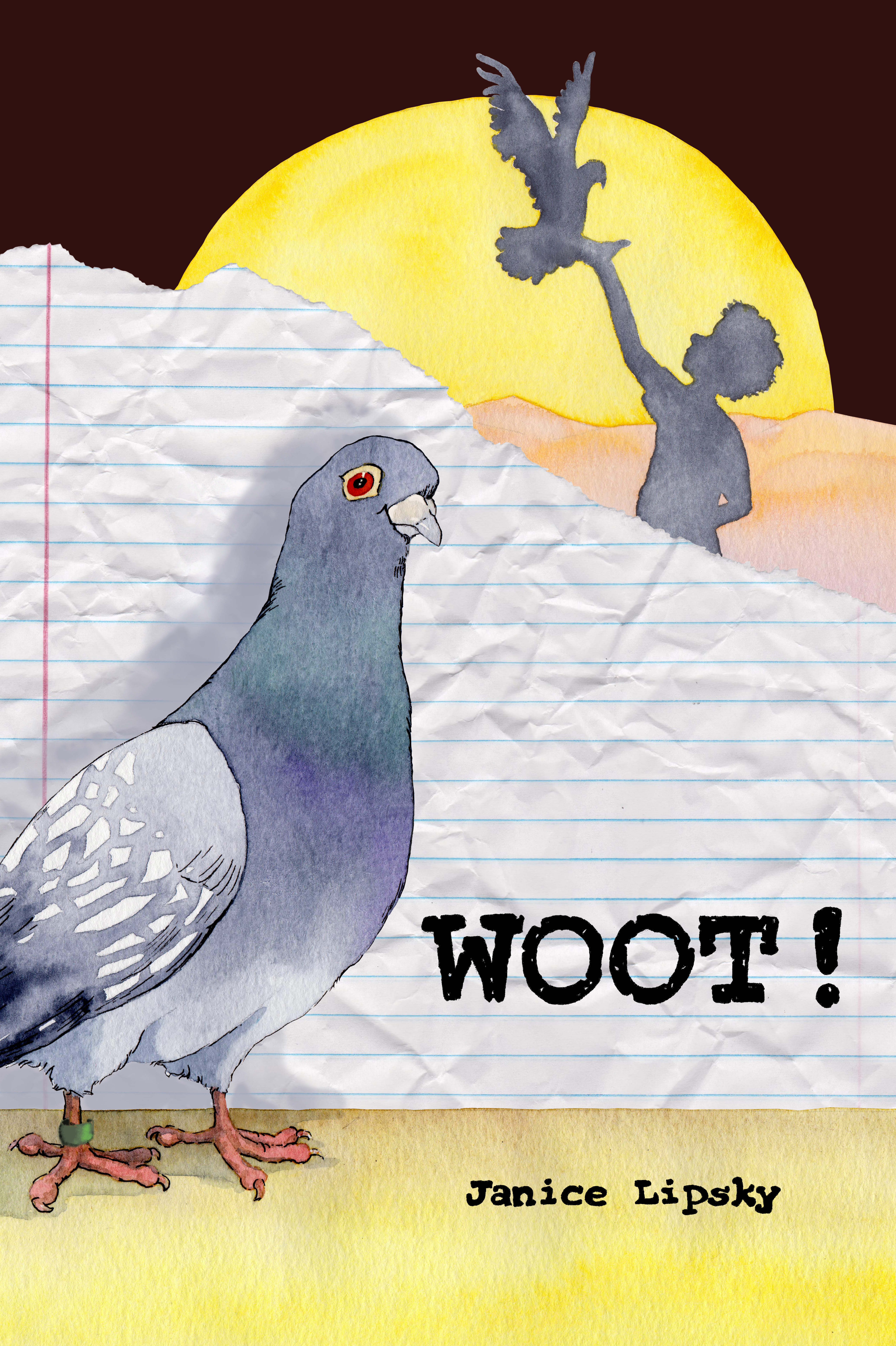
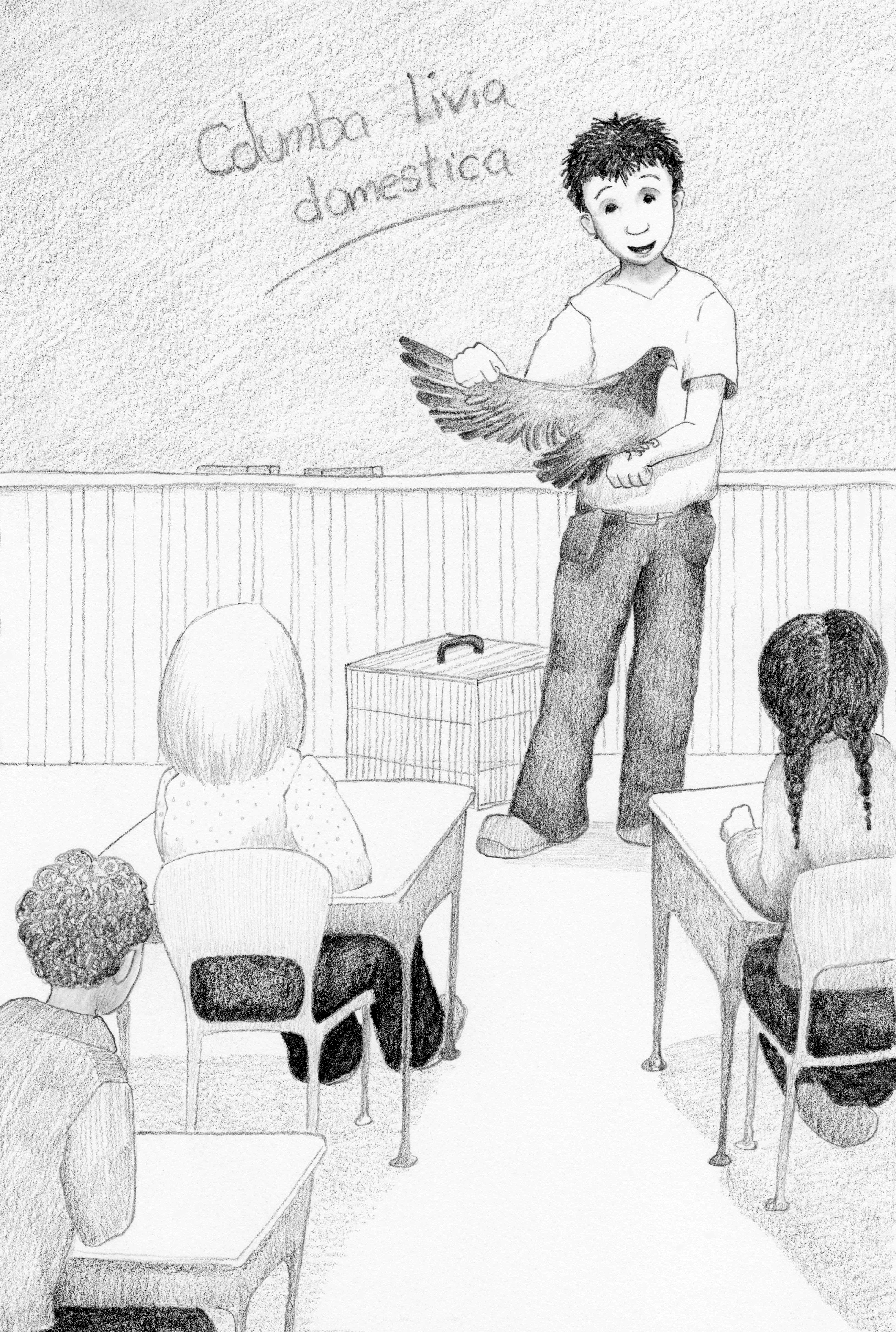
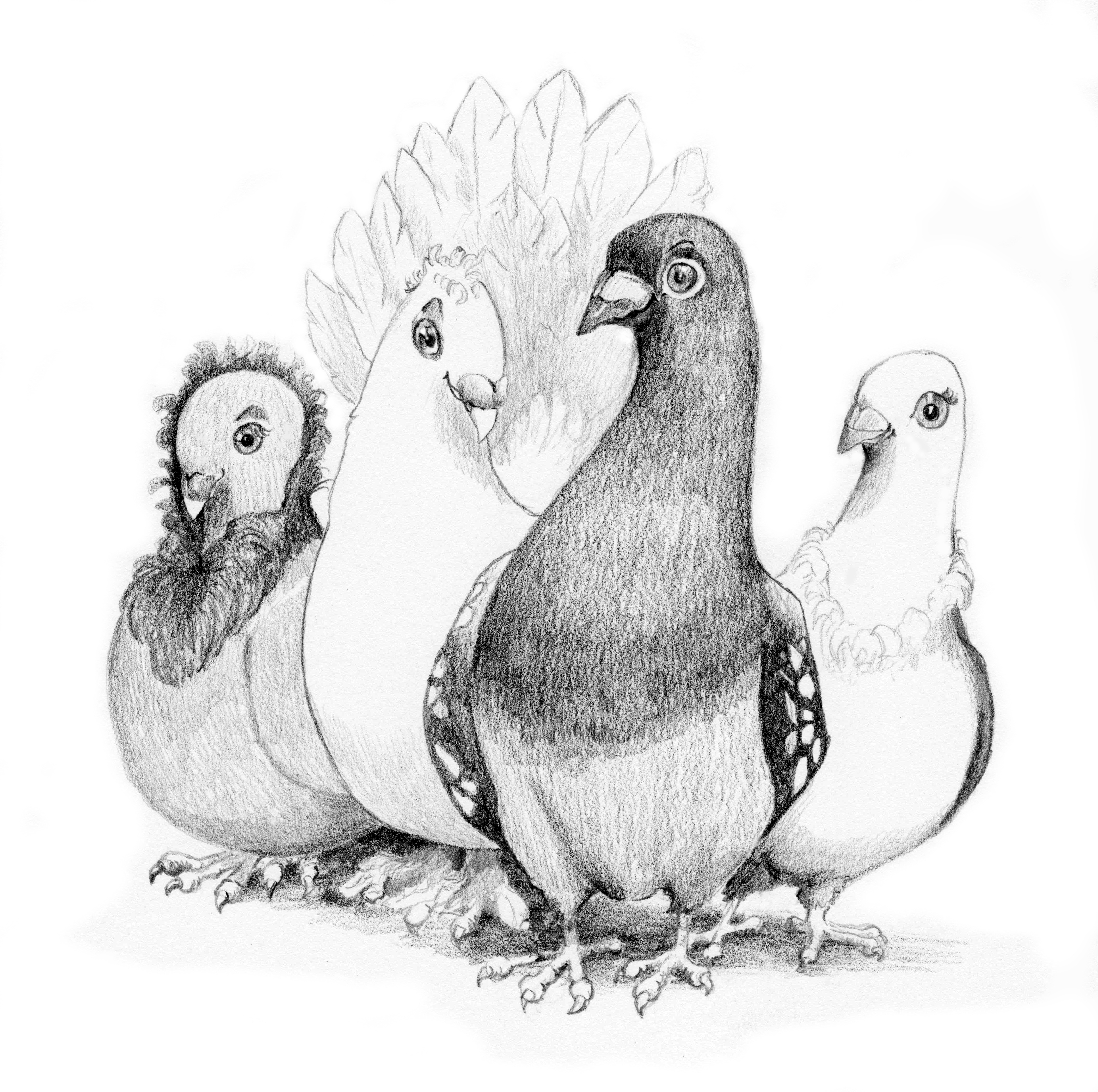
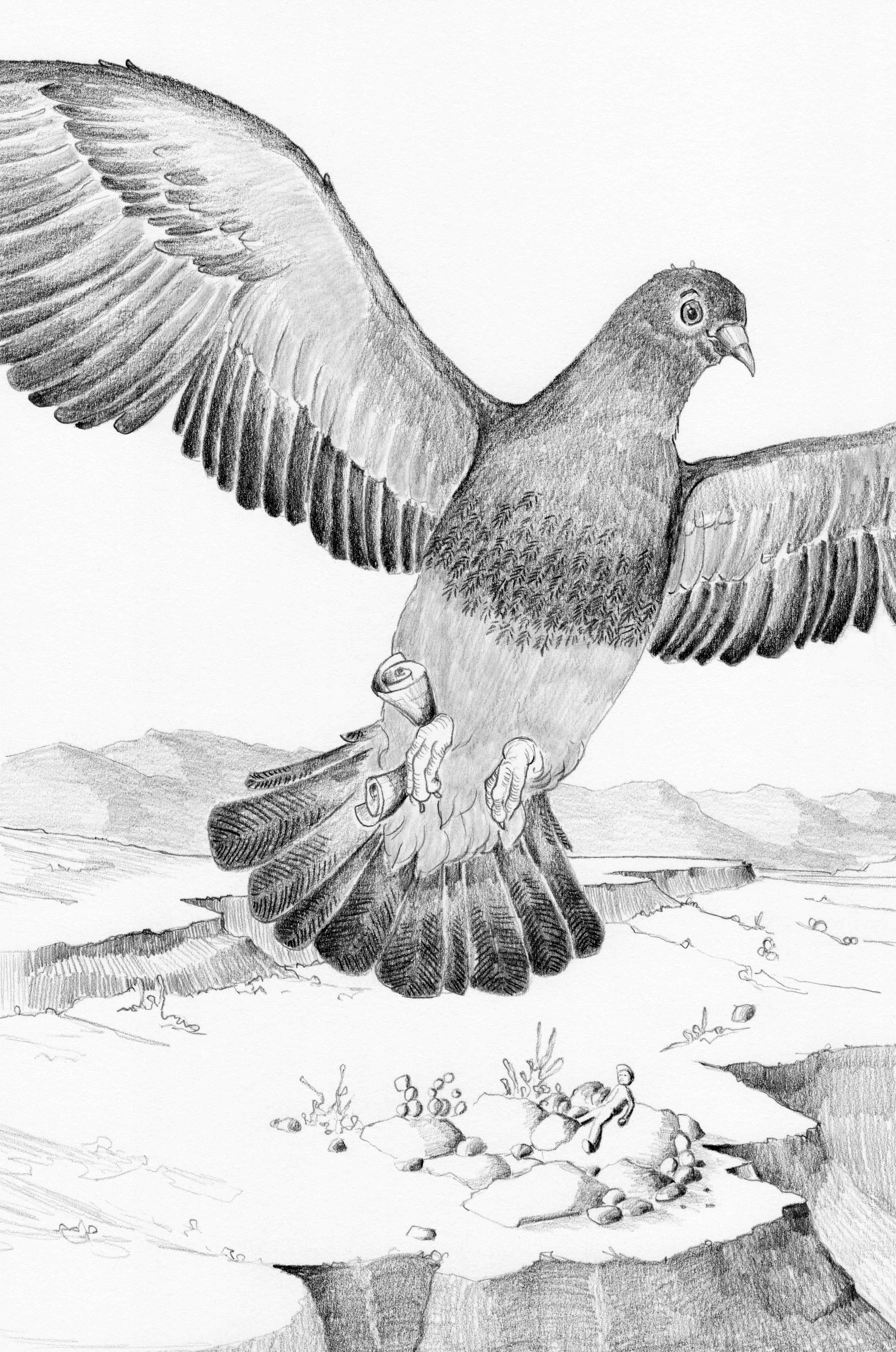

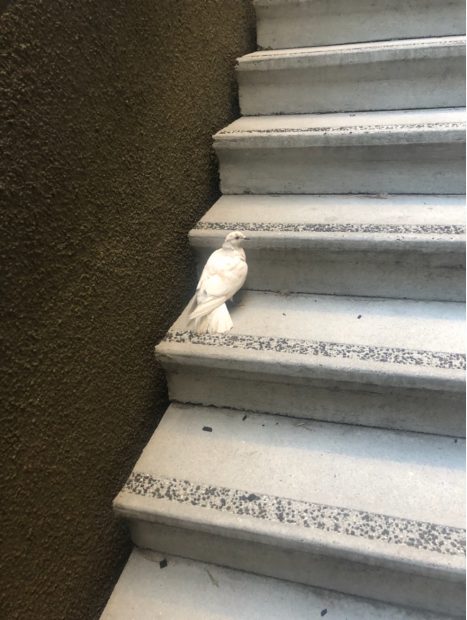
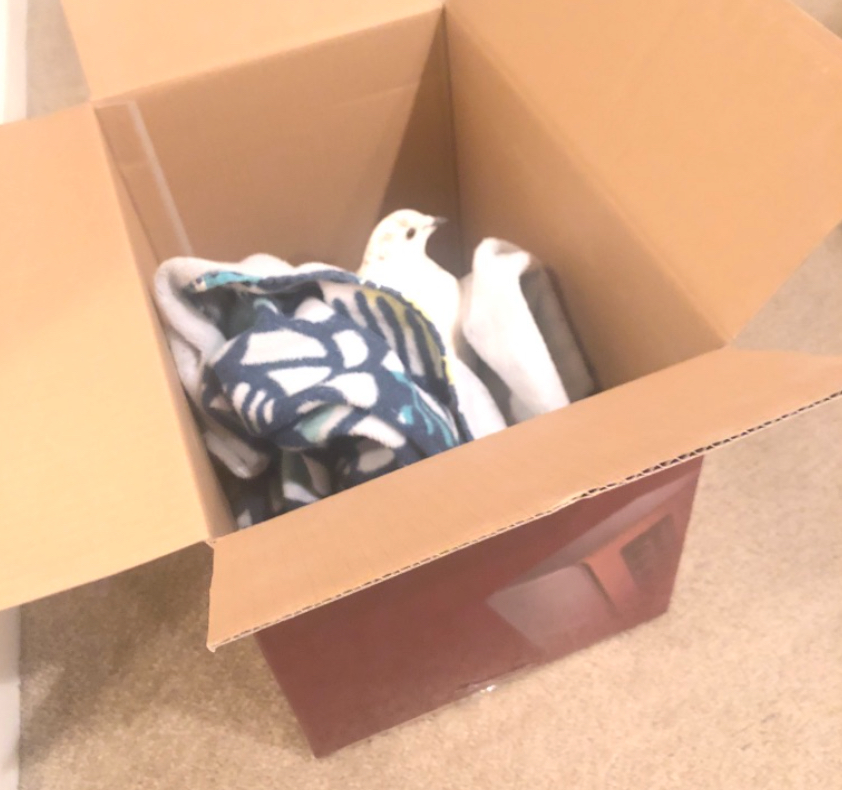
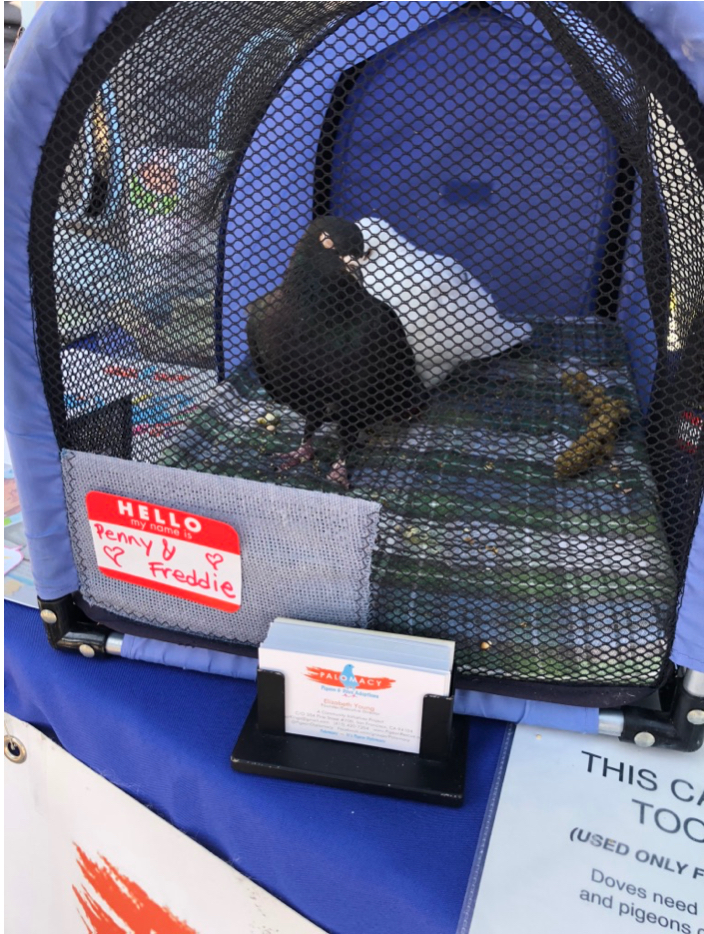
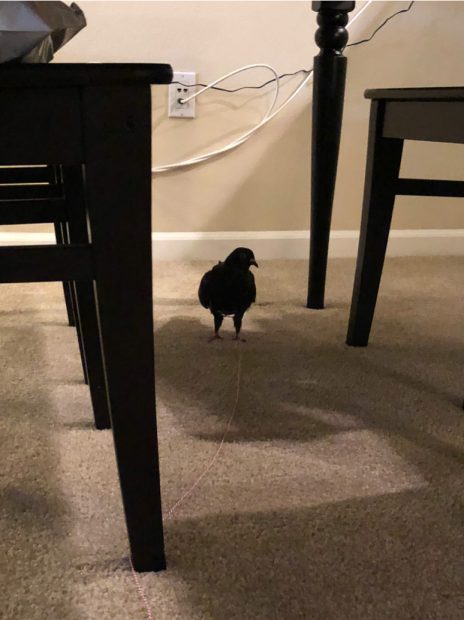
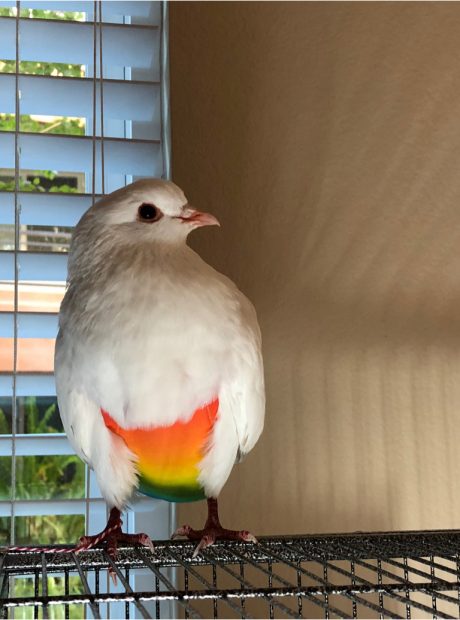
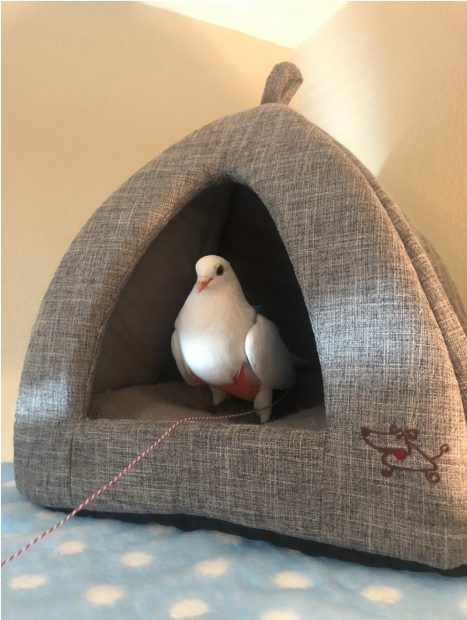
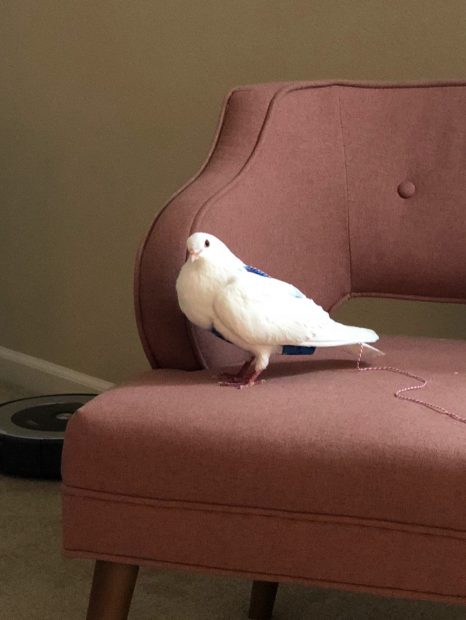
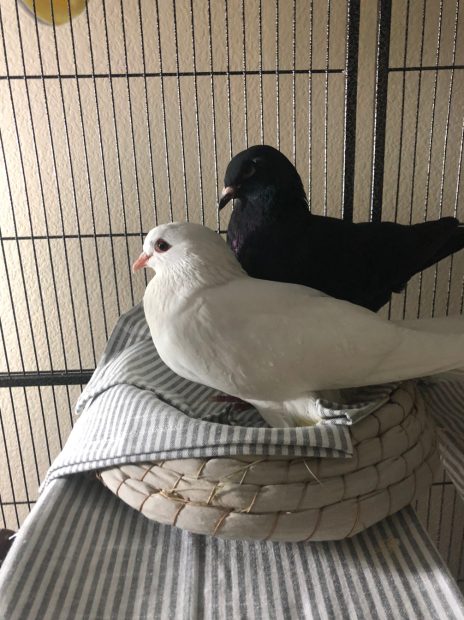
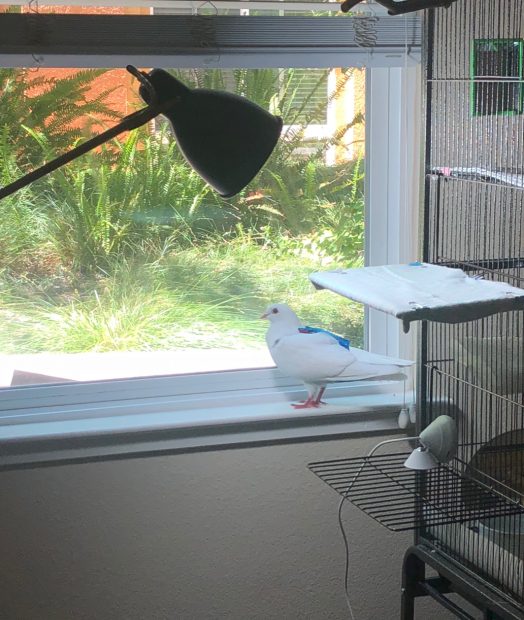
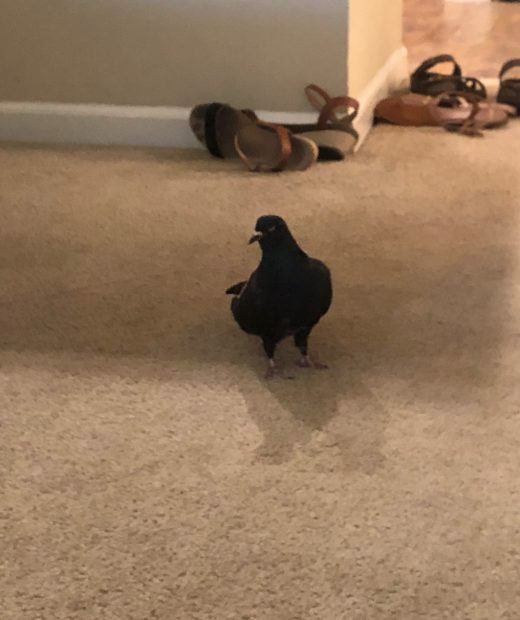
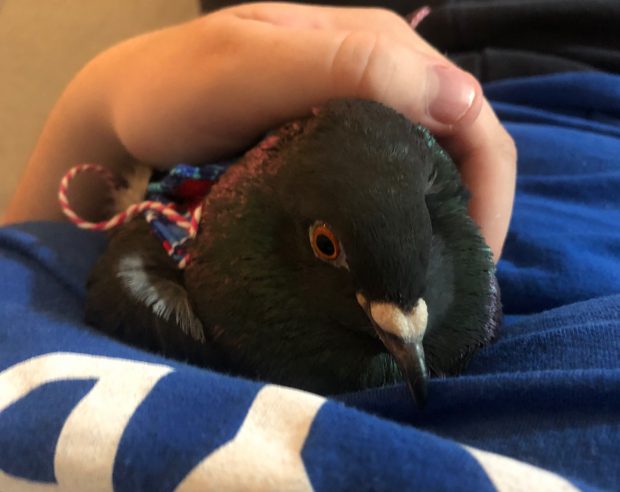
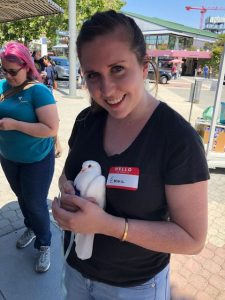 Emma grew up on the east coast, and is now a mechanical engineer living in the Bay Area. In her free time she enjoys ceramics, squeezing Penny and Freddie, and volunteering at the awesome Palomacy events!
Emma grew up on the east coast, and is now a mechanical engineer living in the Bay Area. In her free time she enjoys ceramics, squeezing Penny and Freddie, and volunteering at the awesome Palomacy events!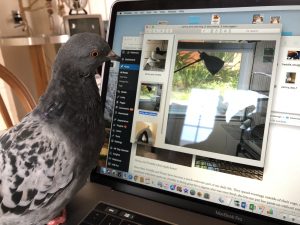

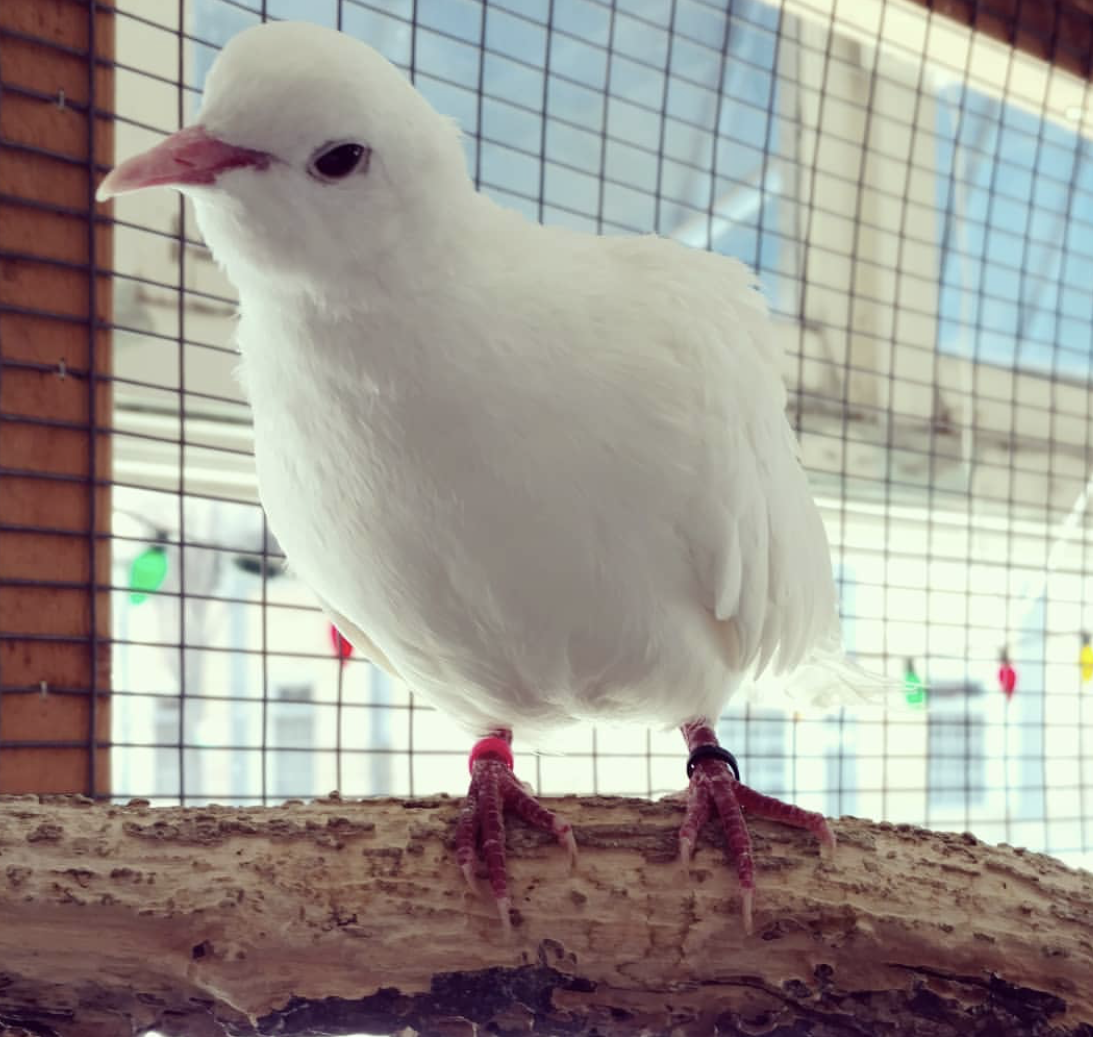

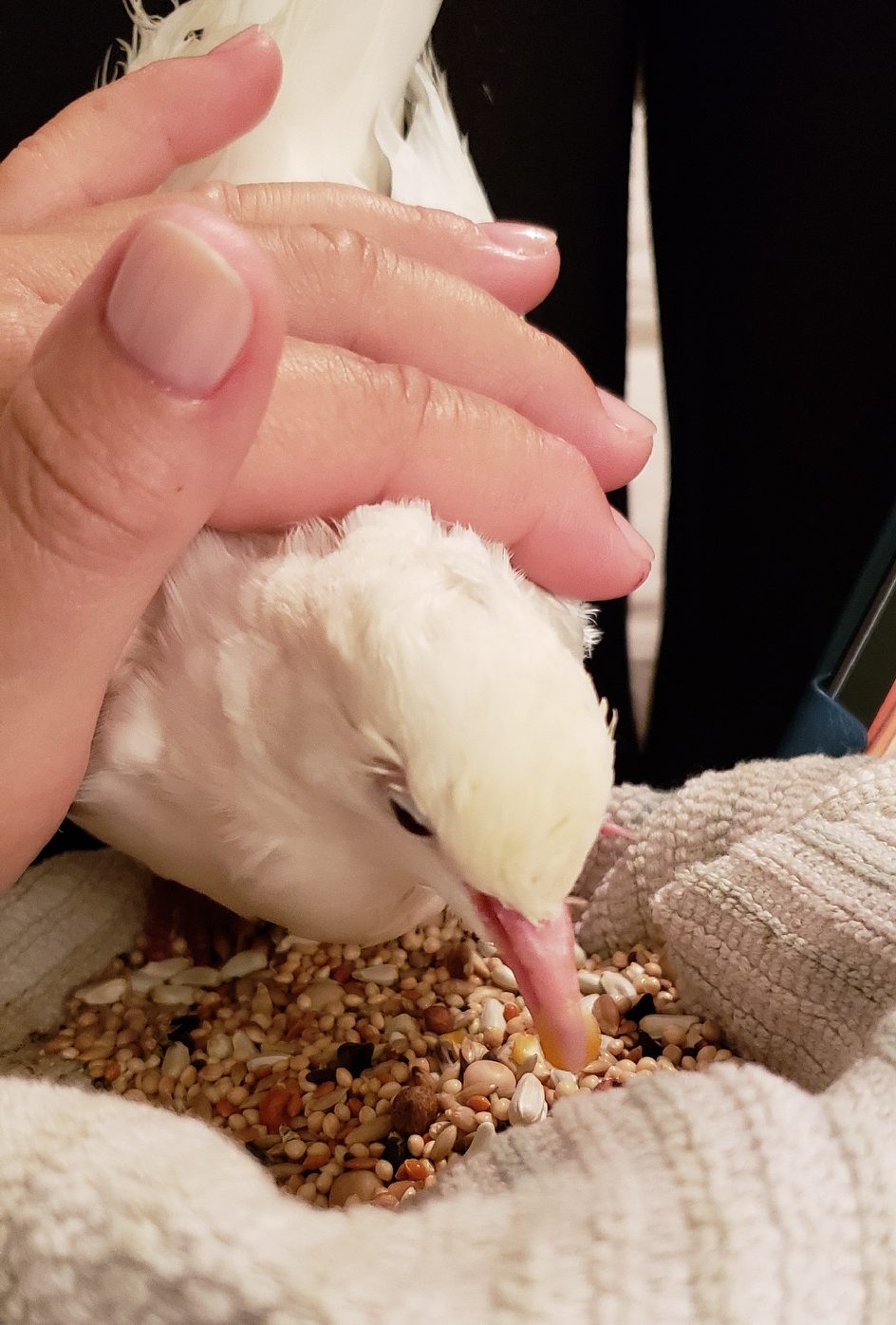
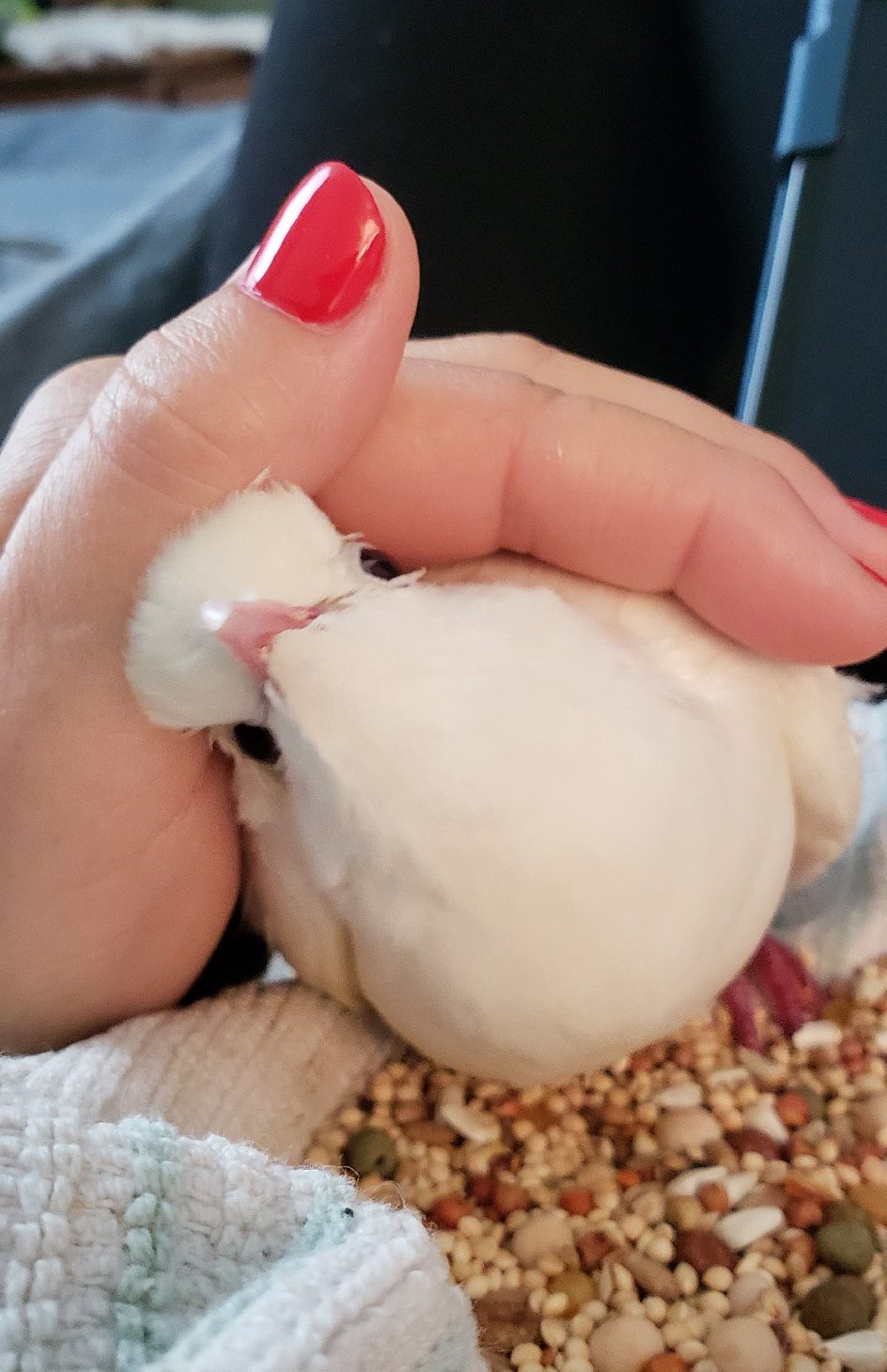
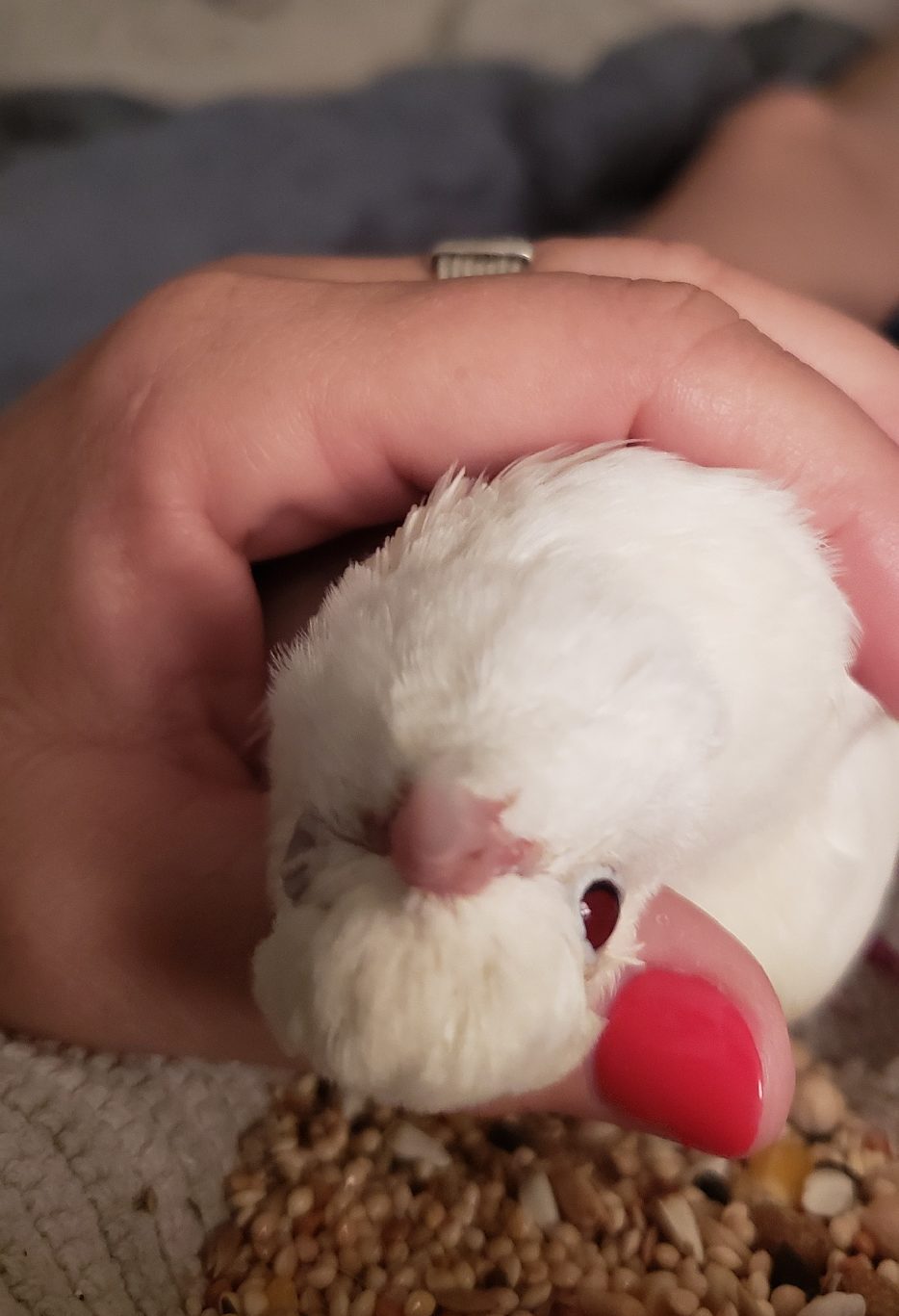
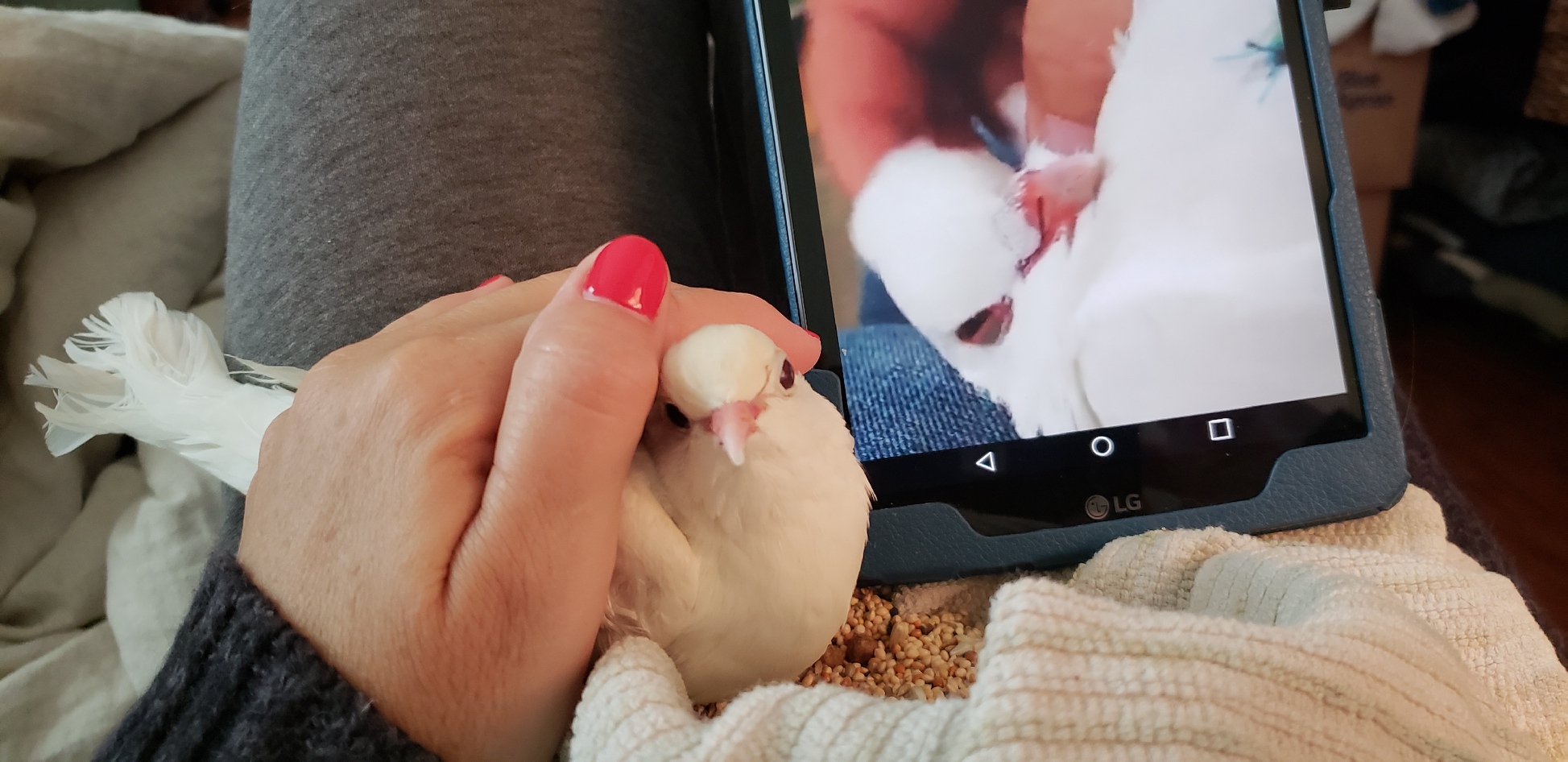
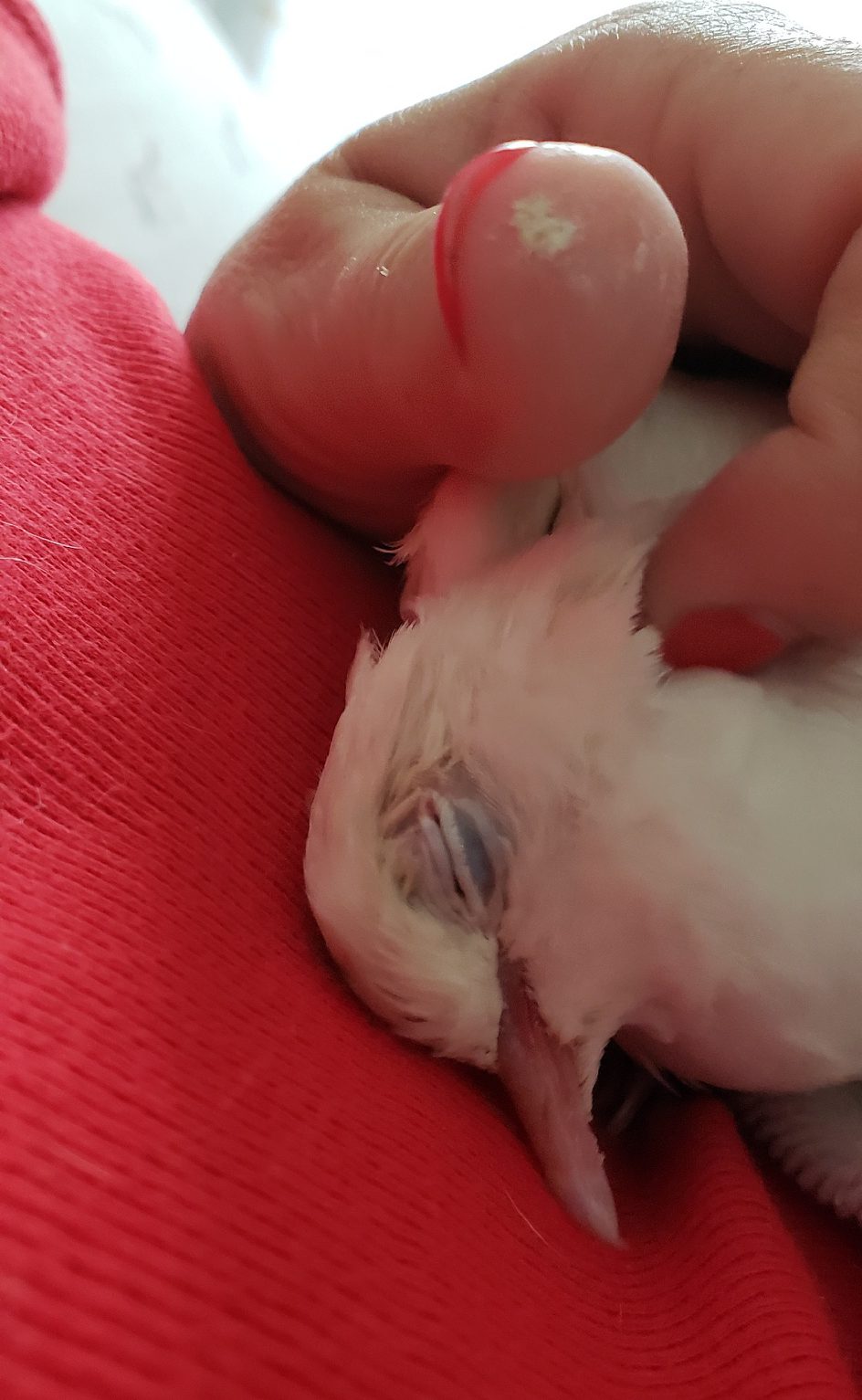

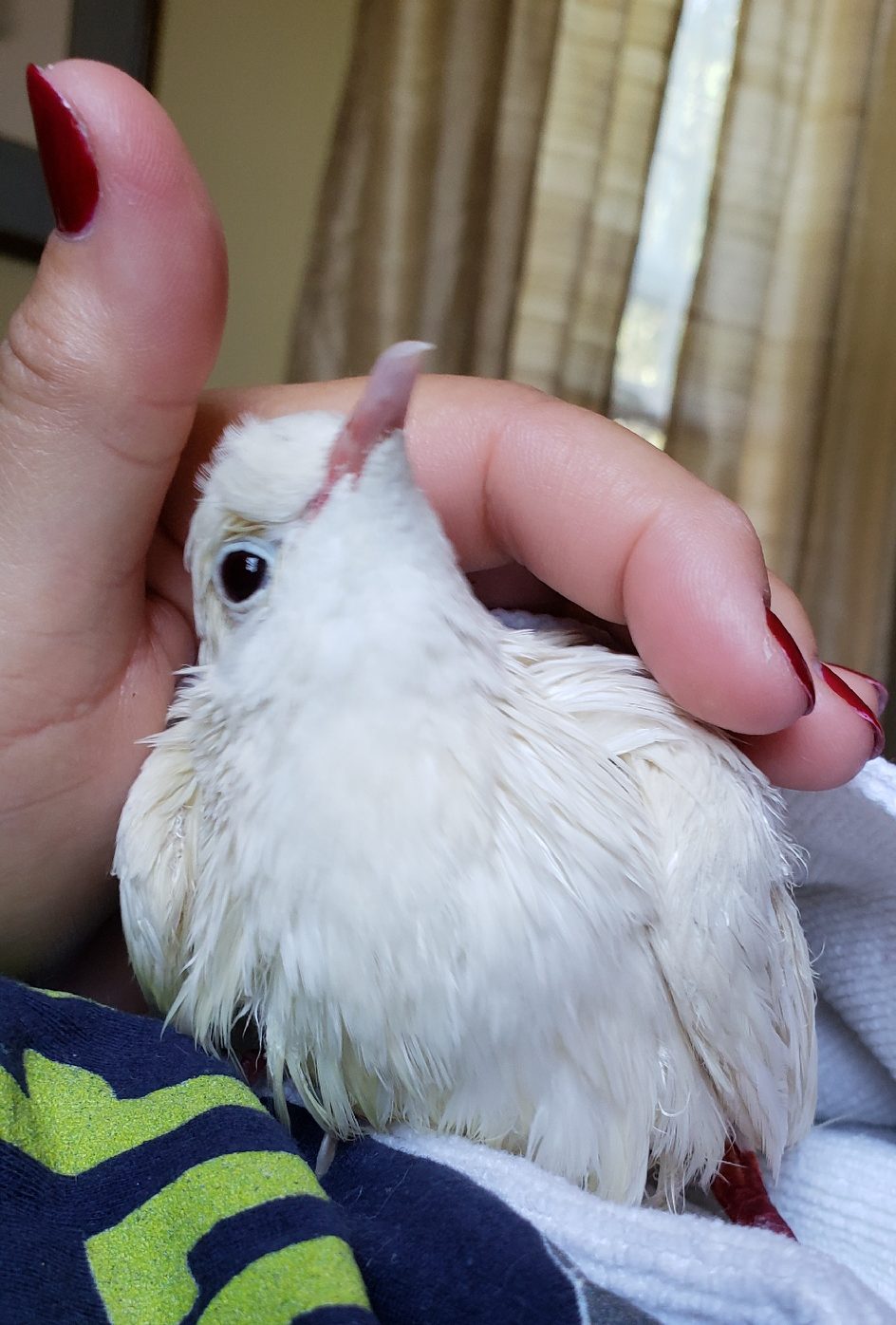

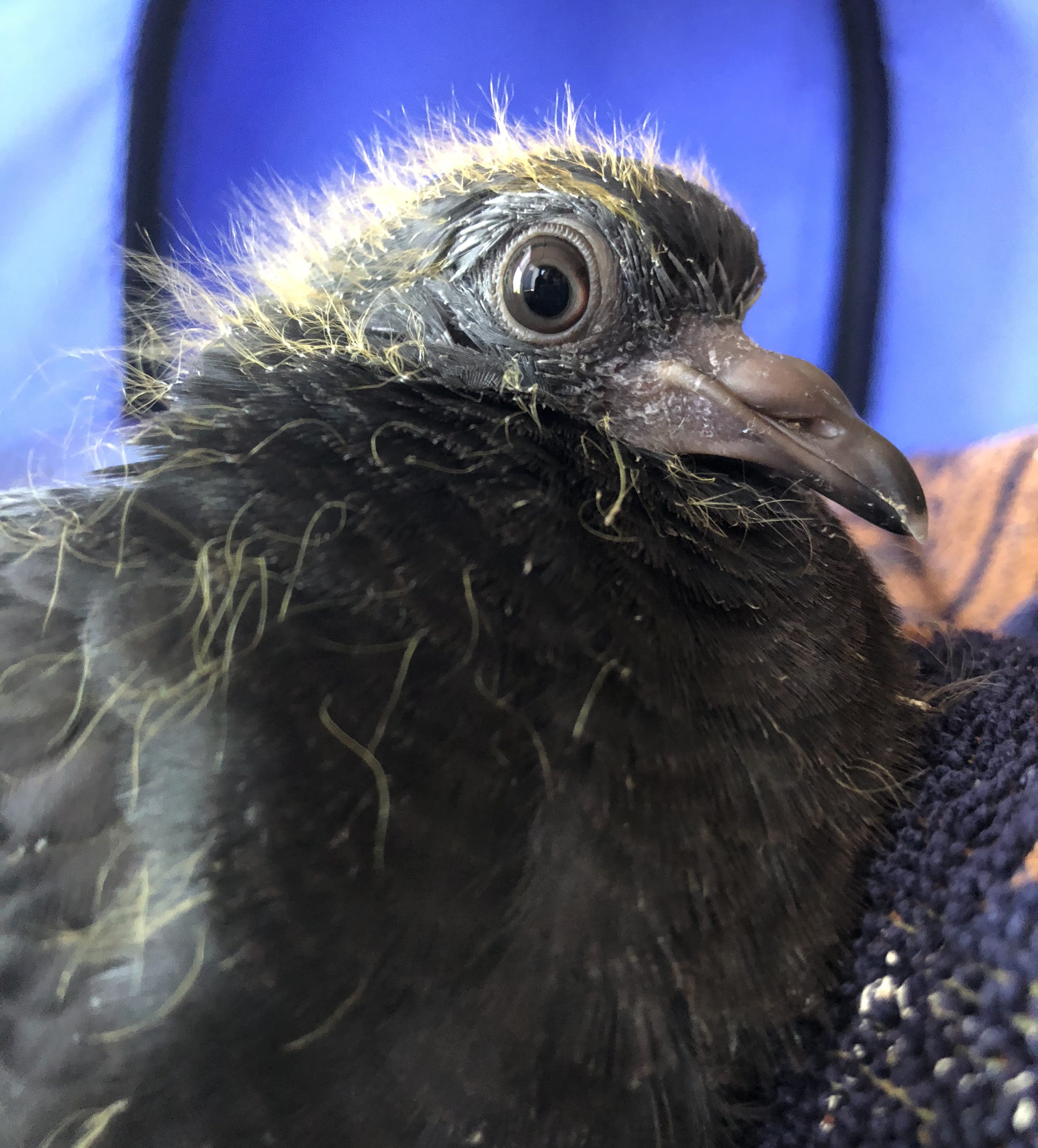
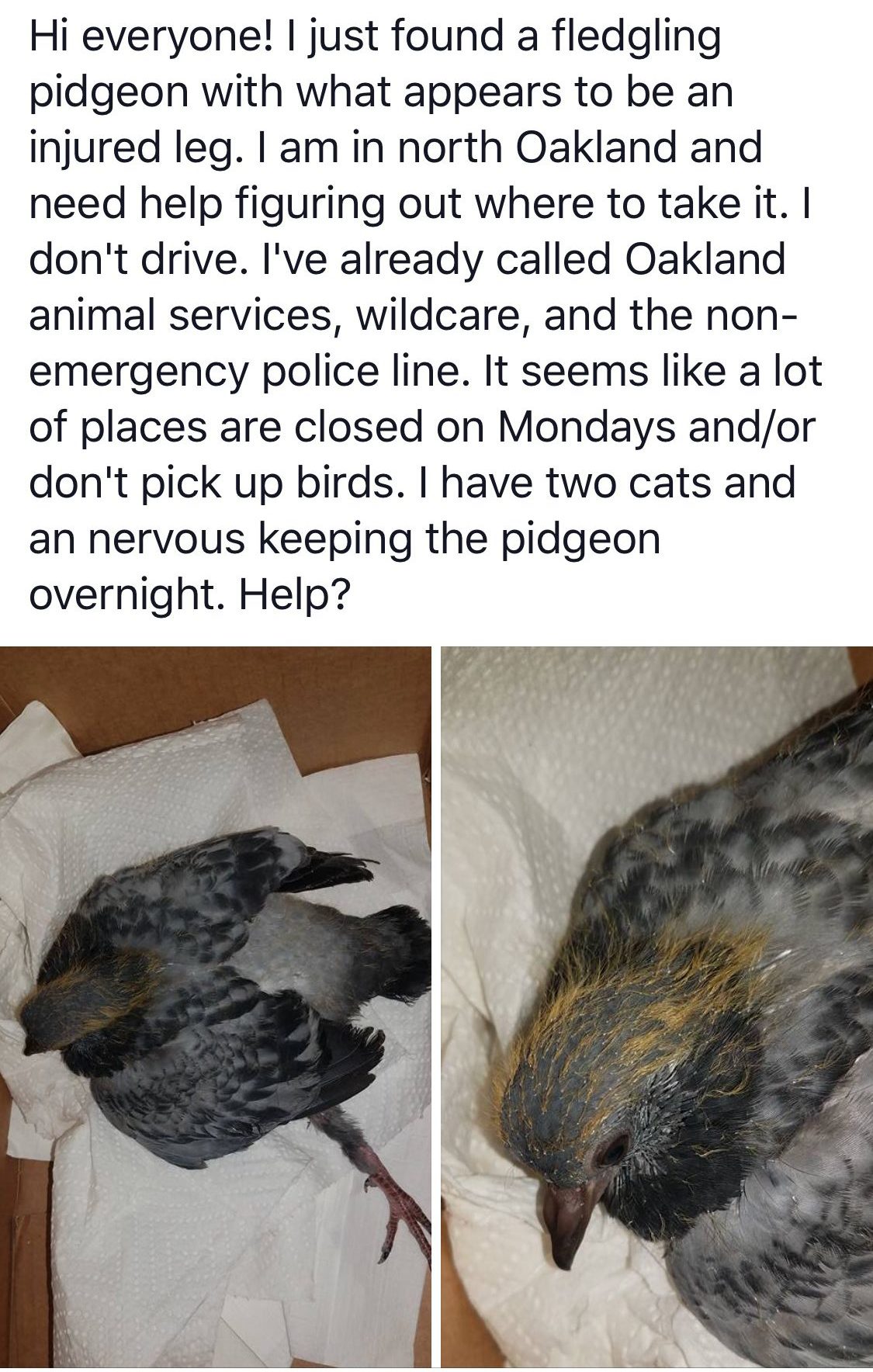

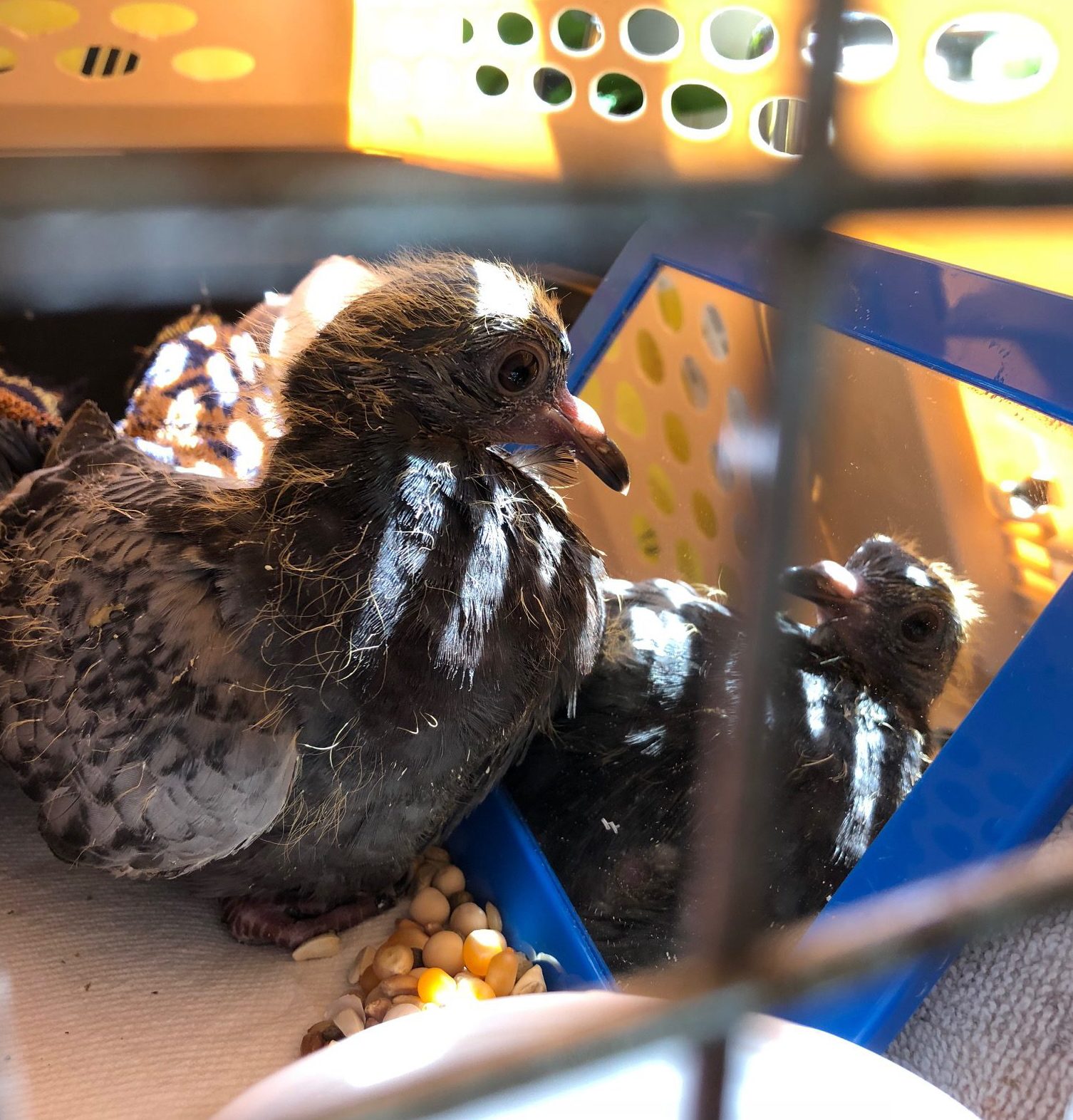
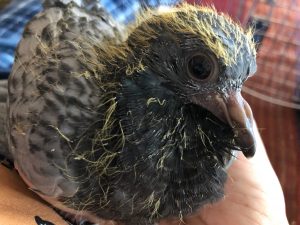
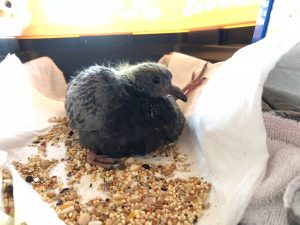
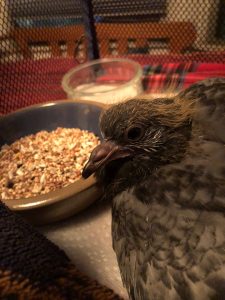
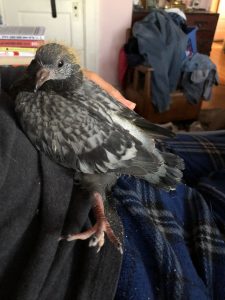
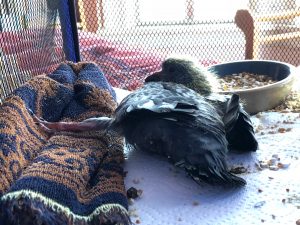
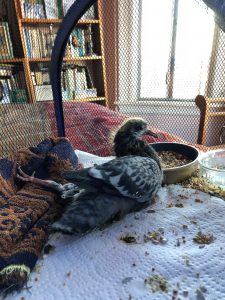
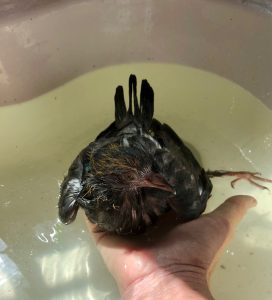
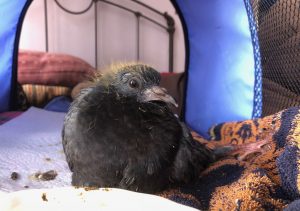
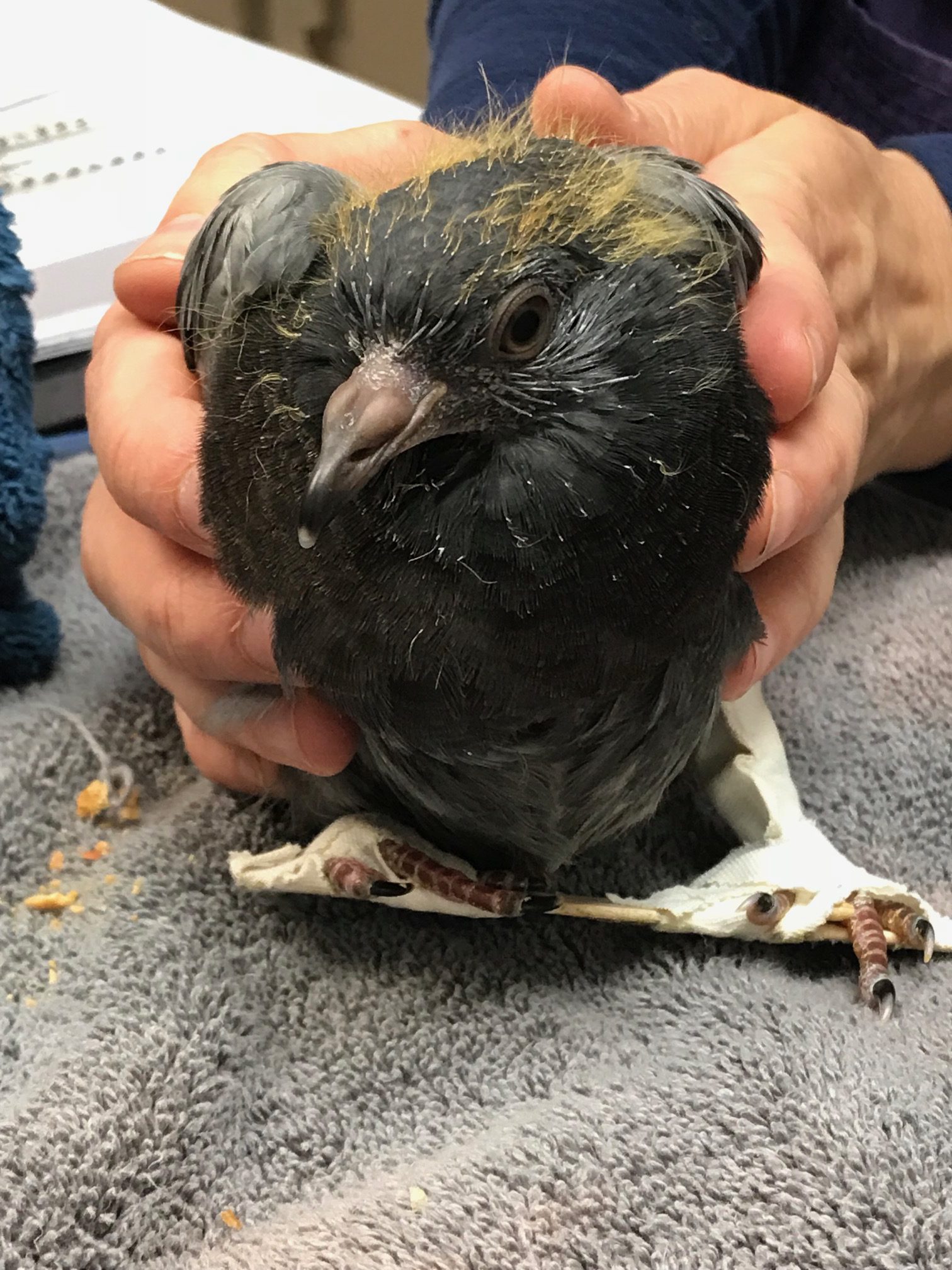
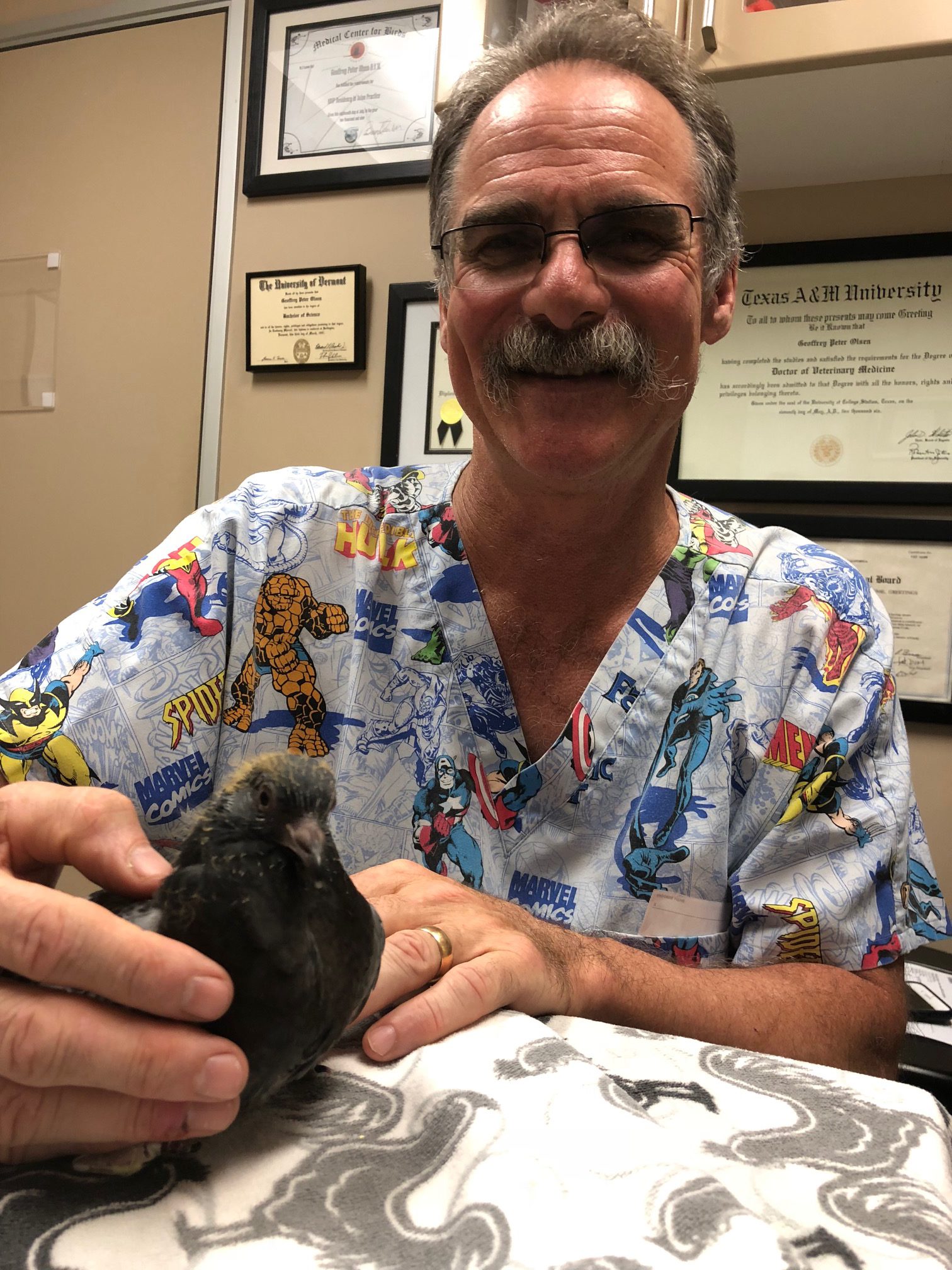
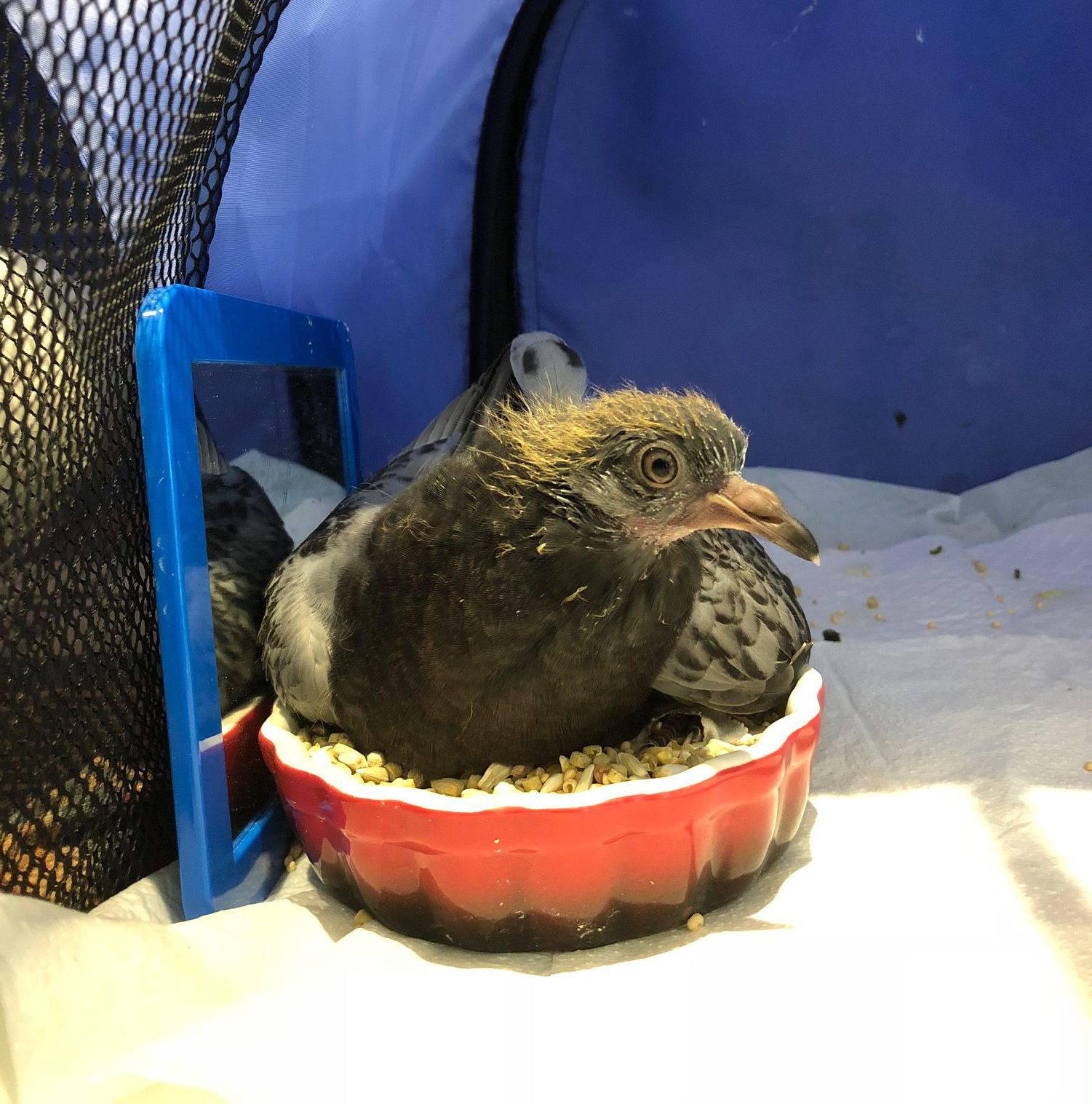
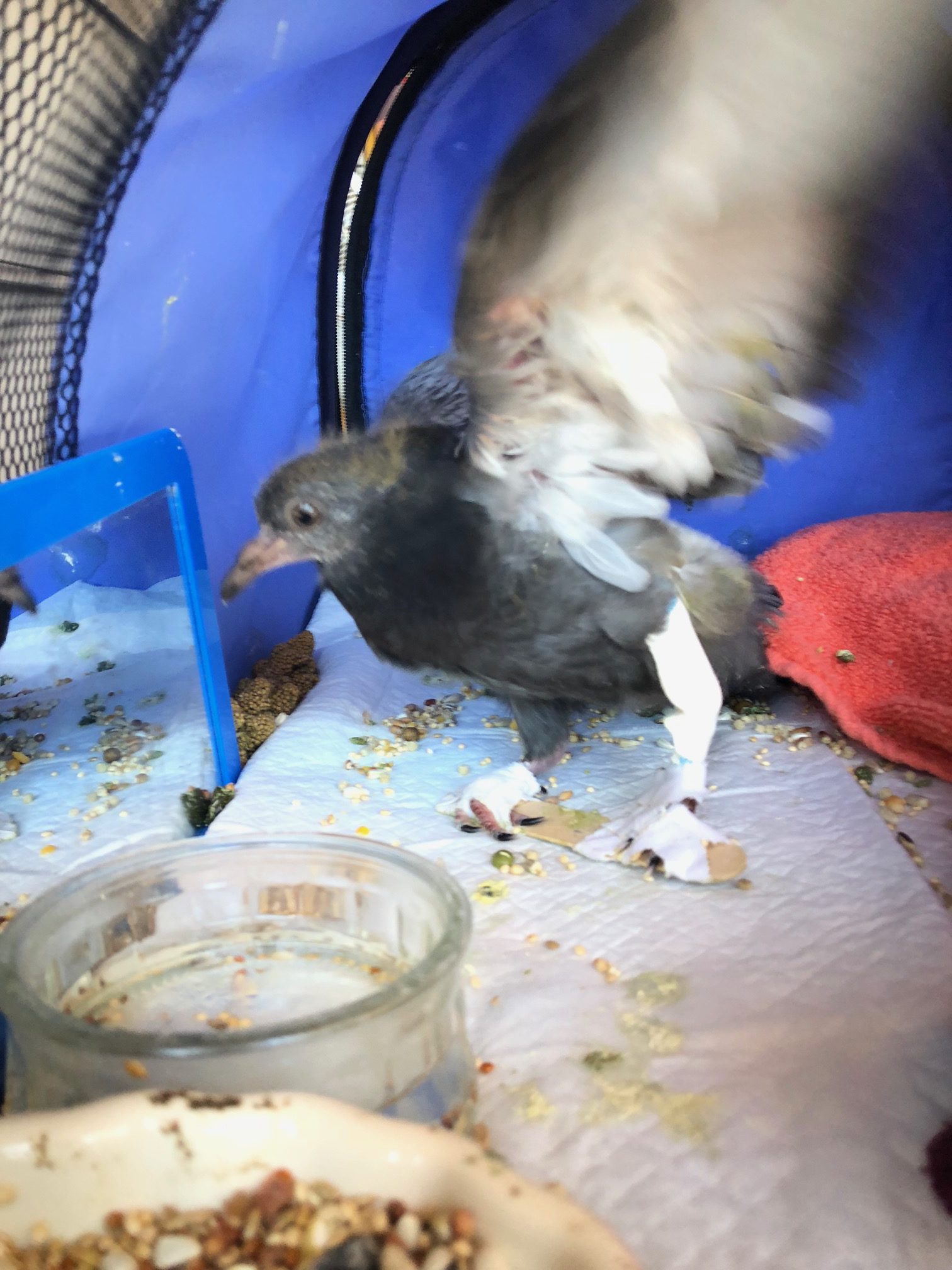


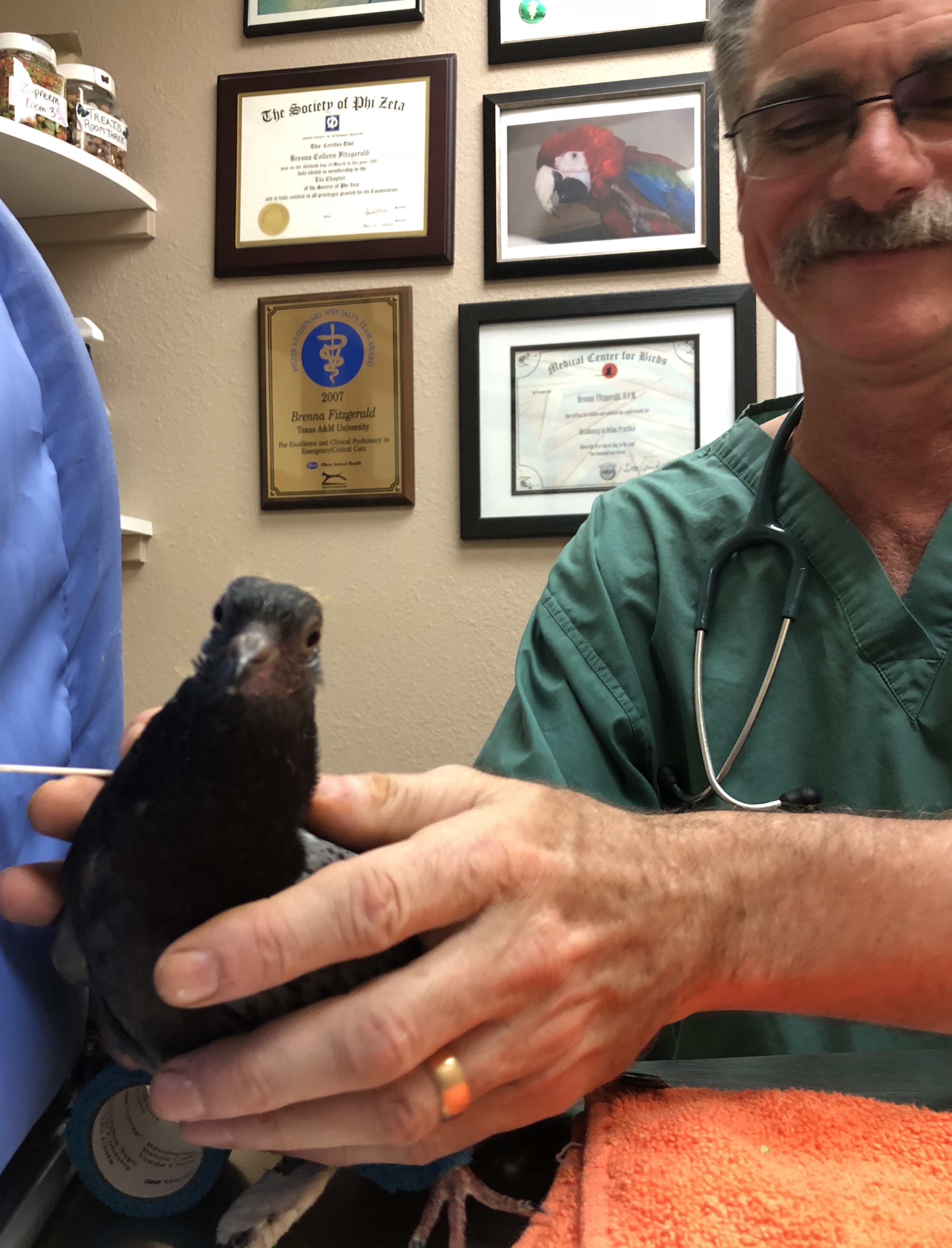
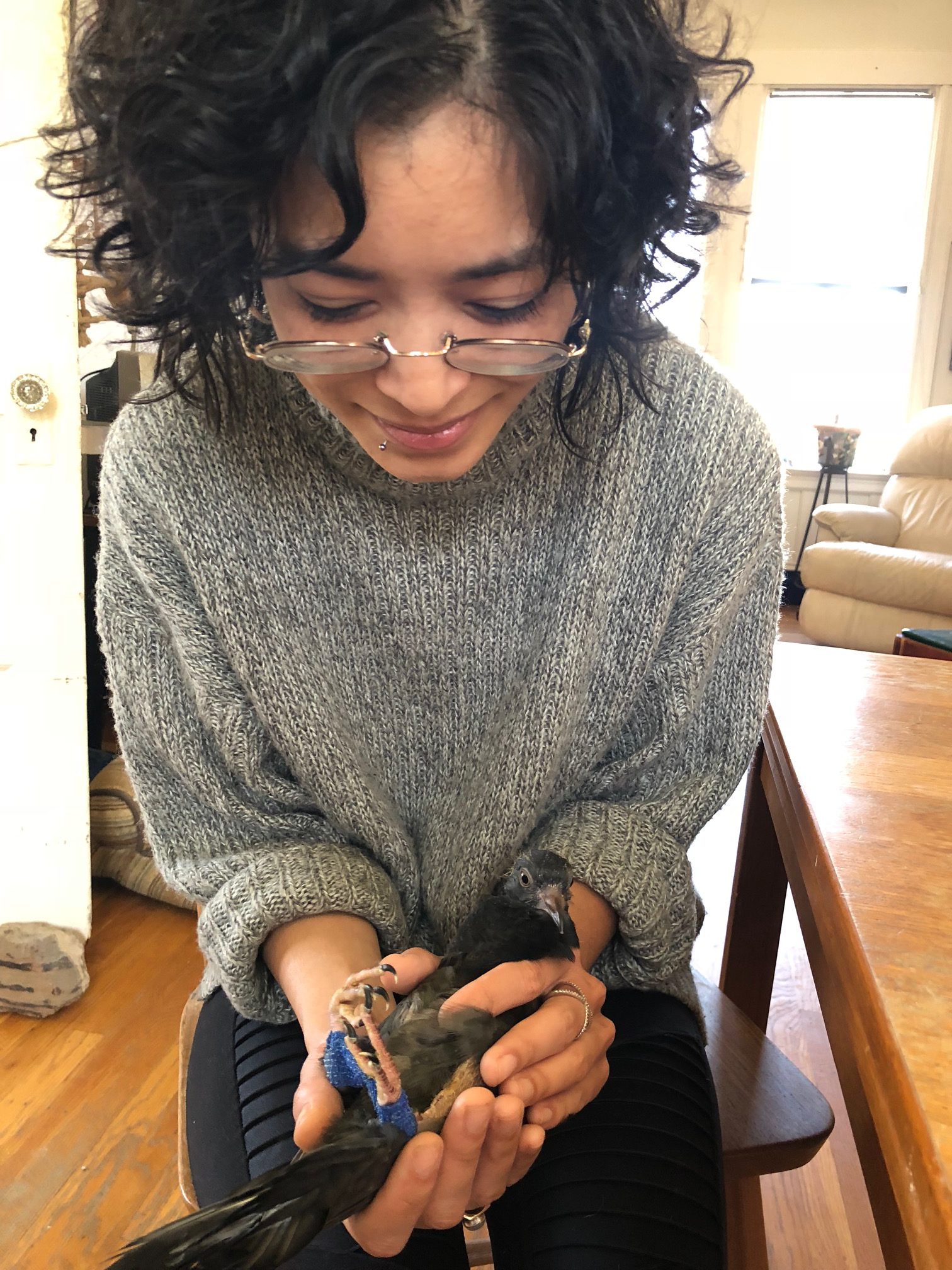
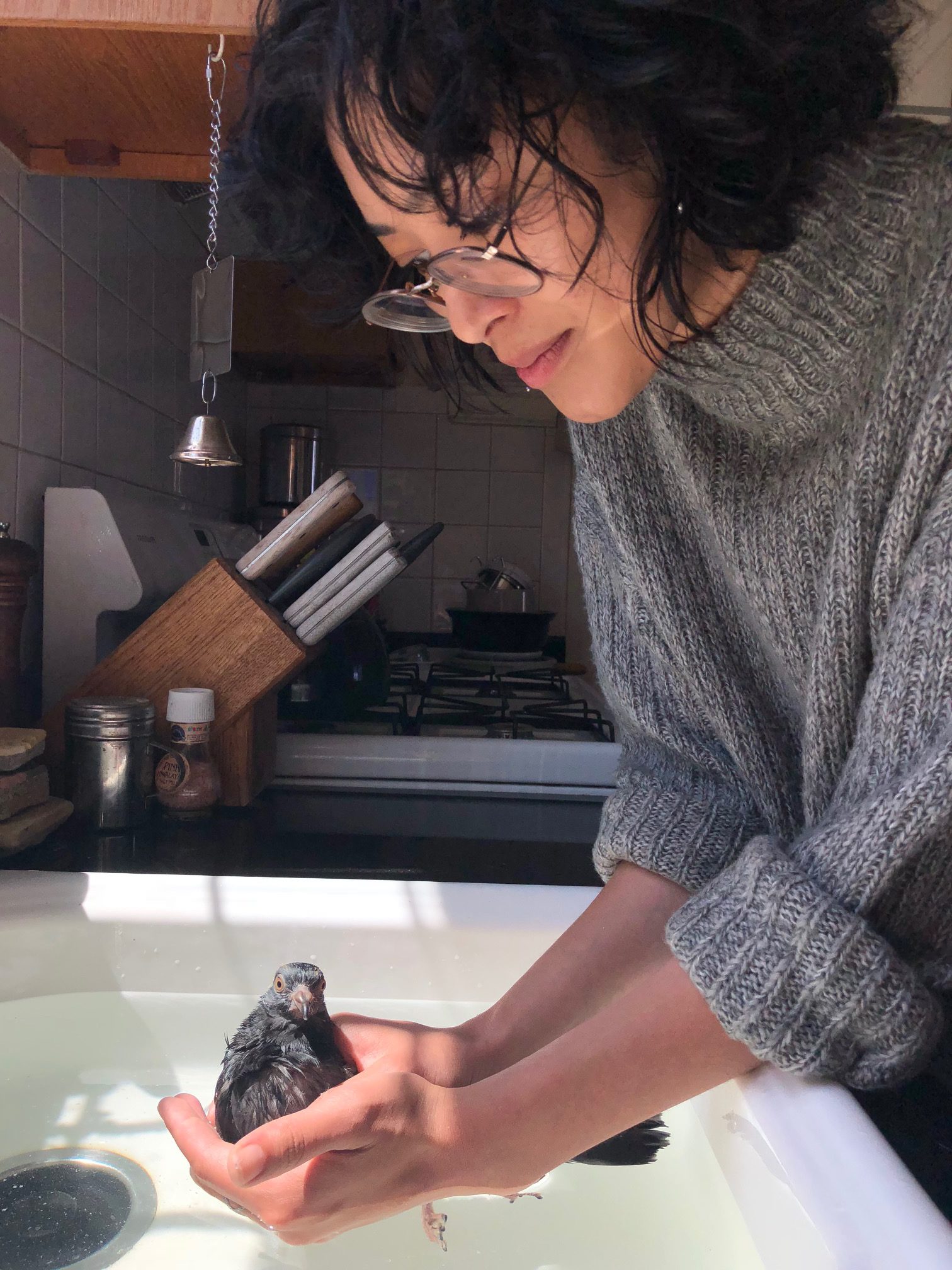
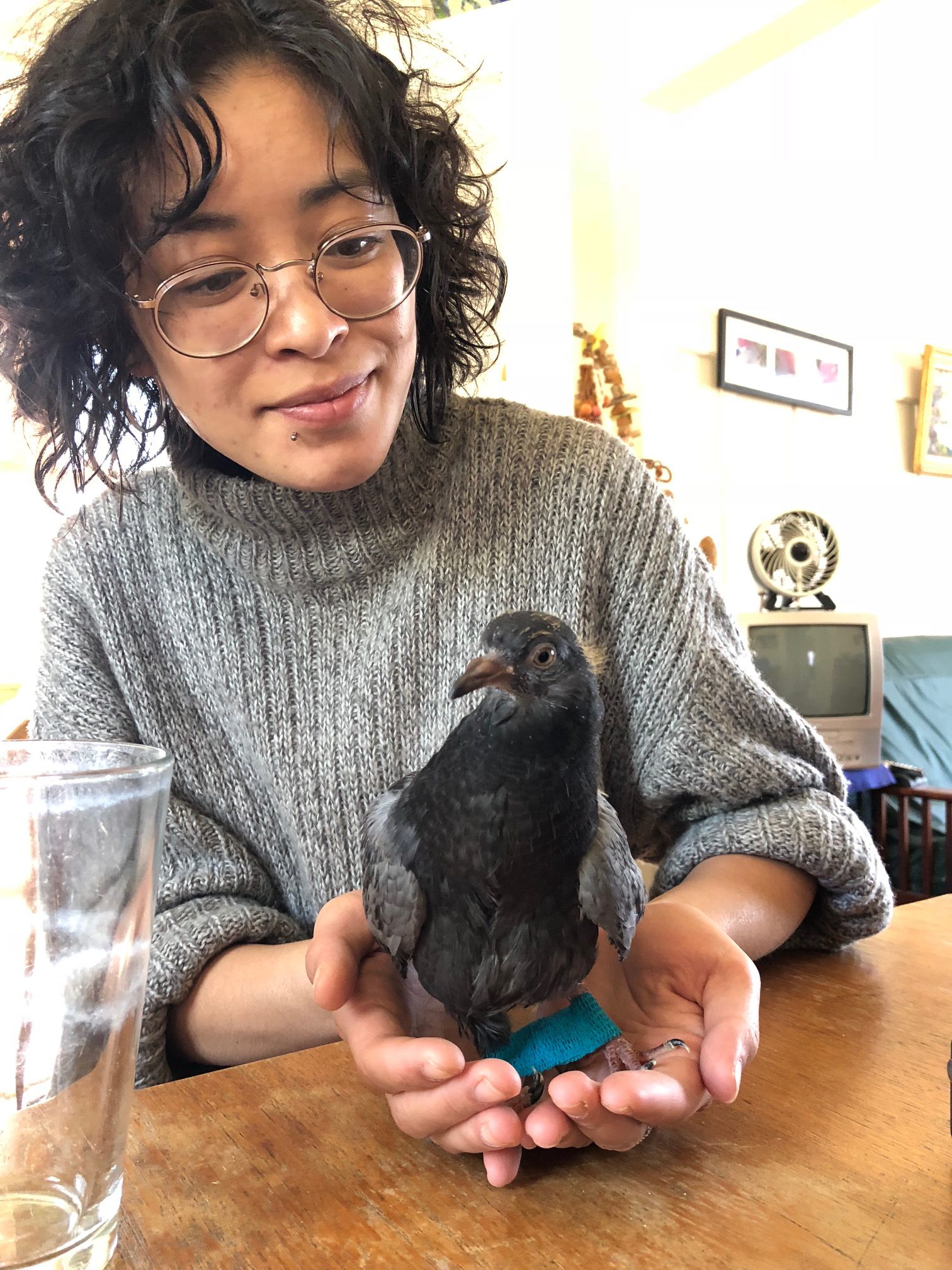
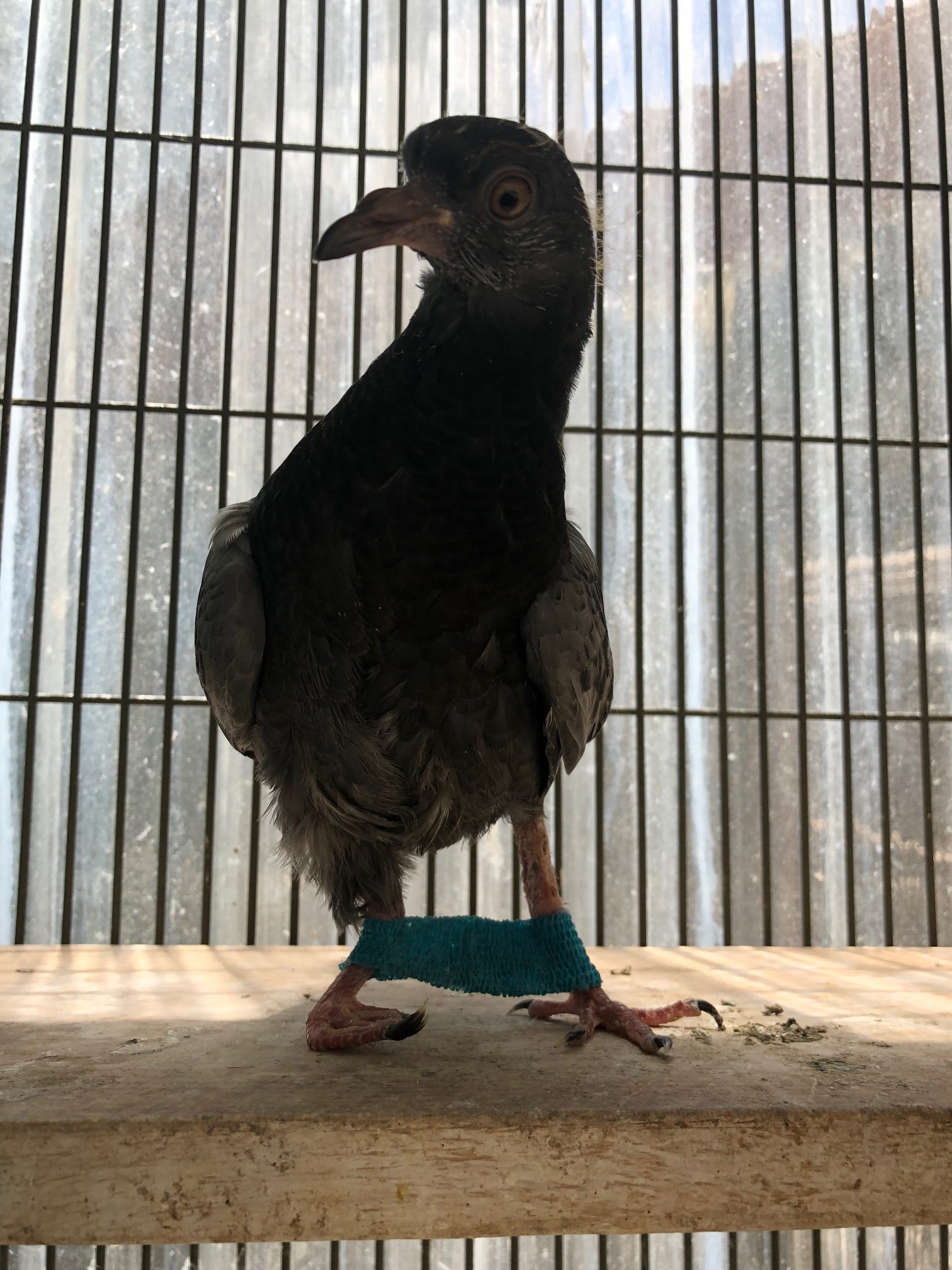
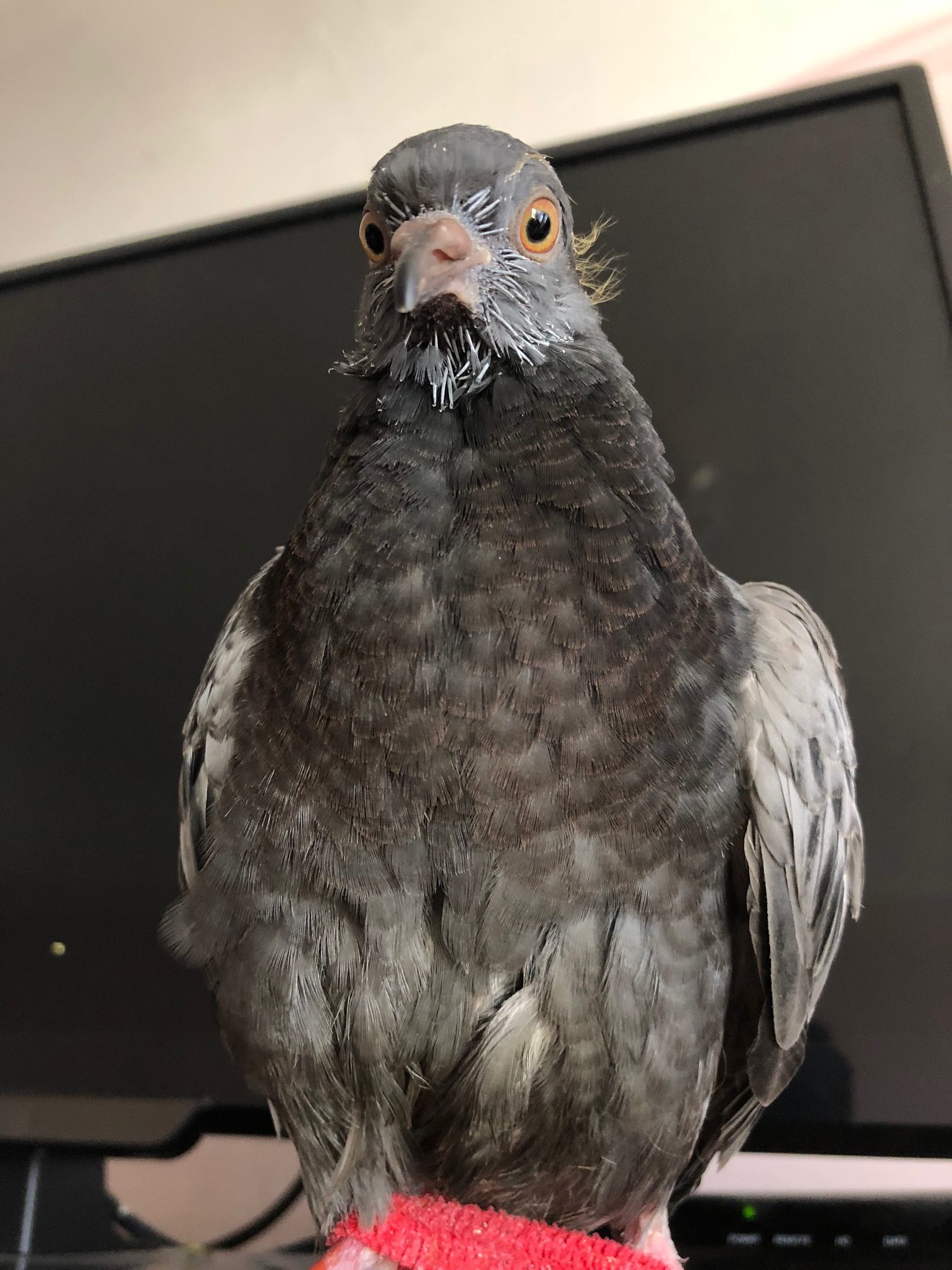
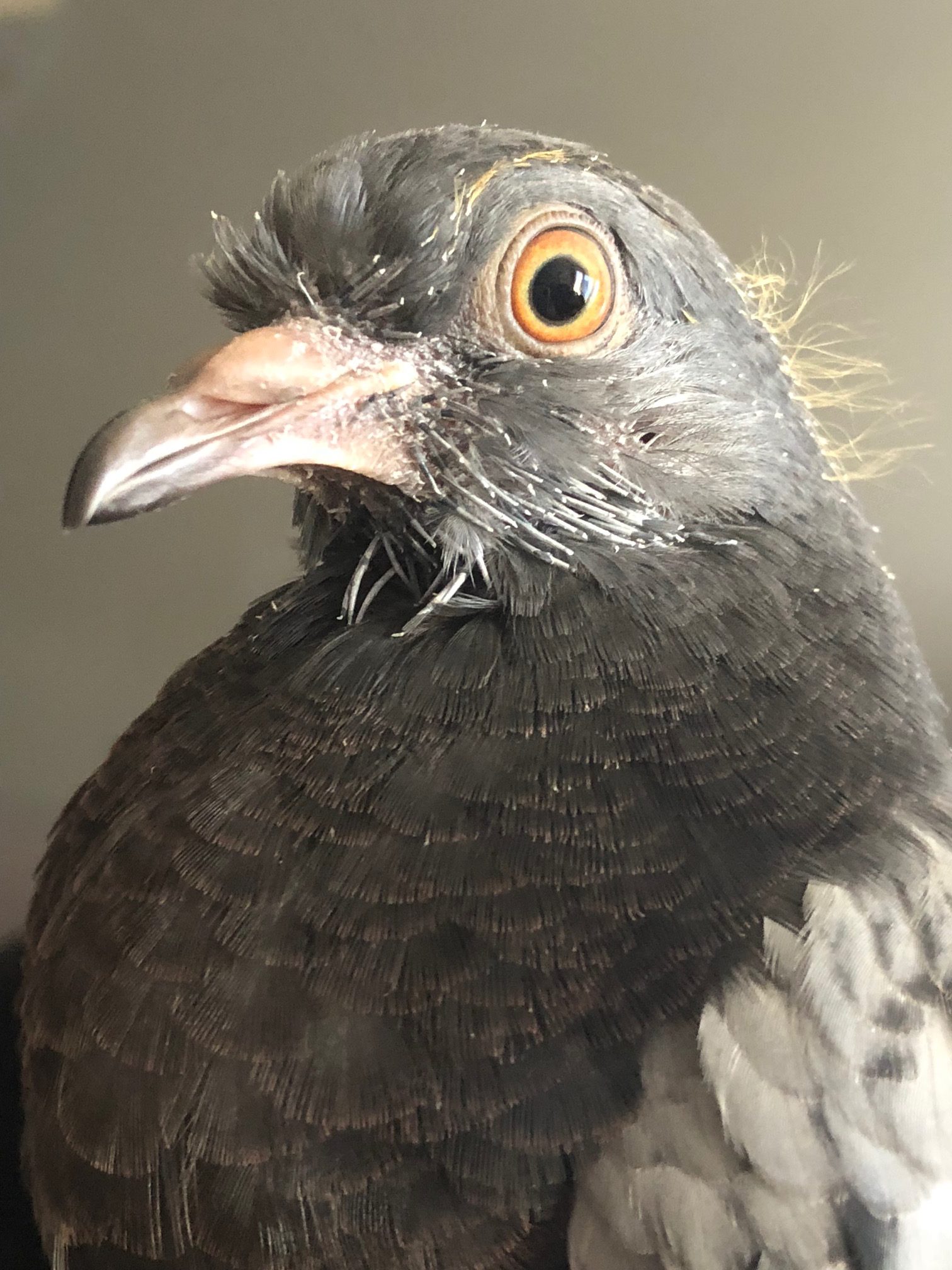
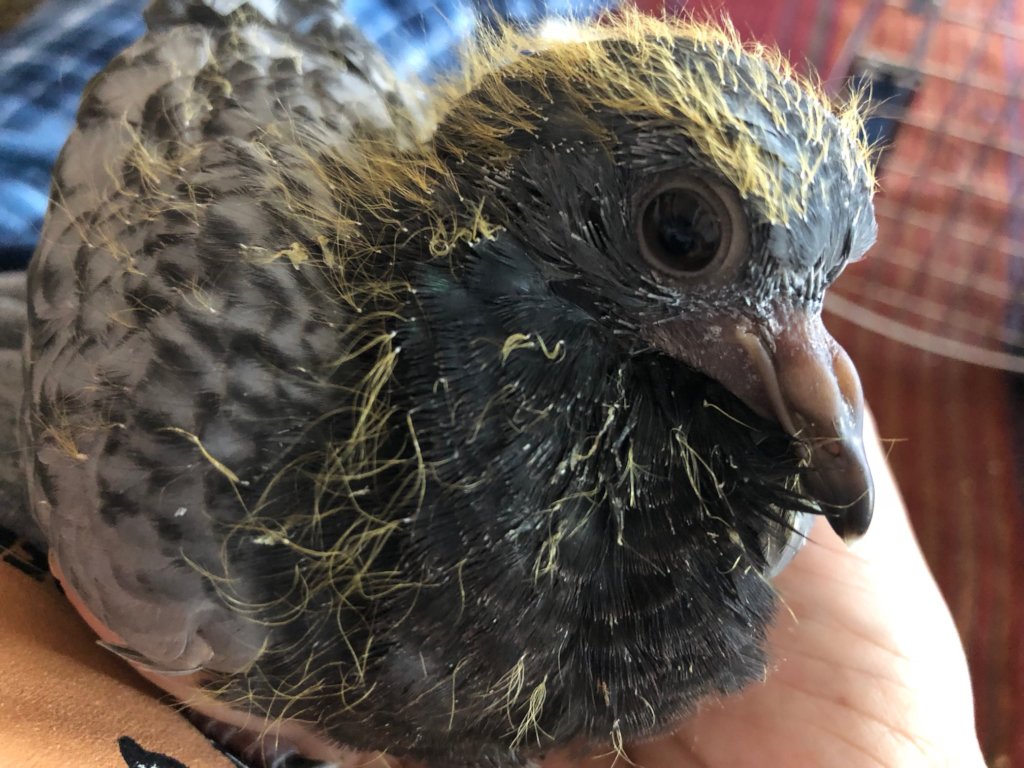
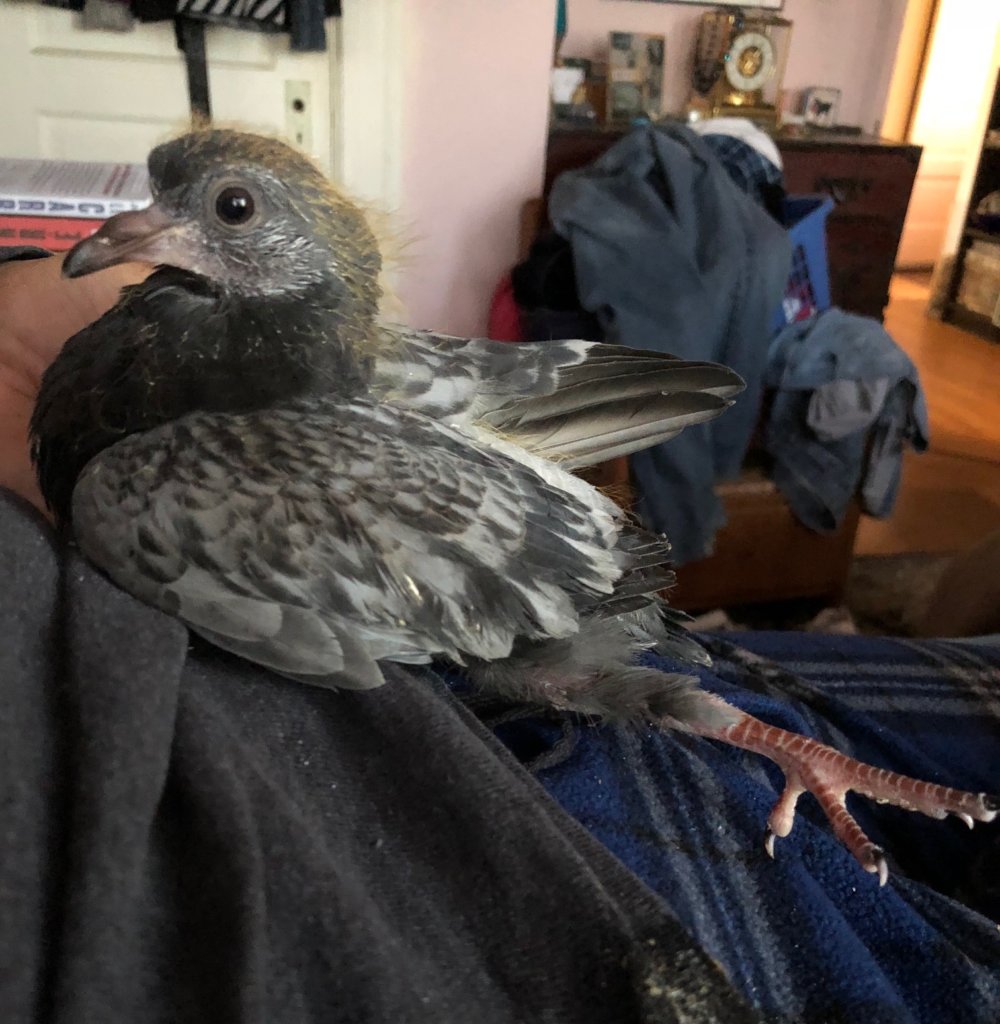
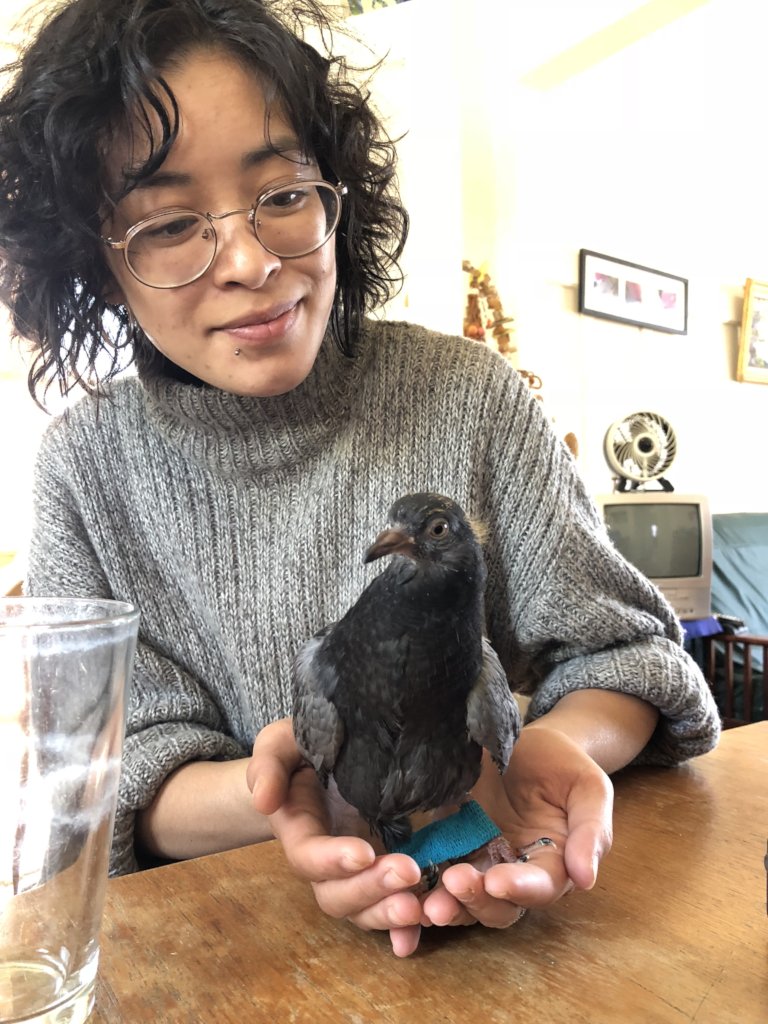
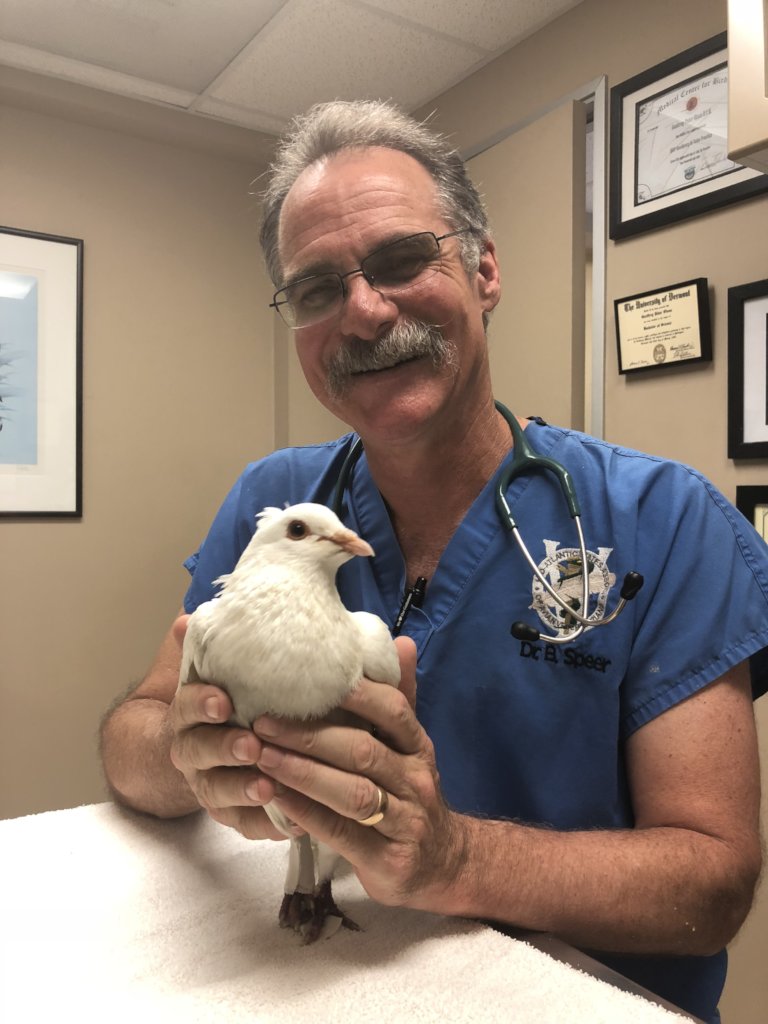
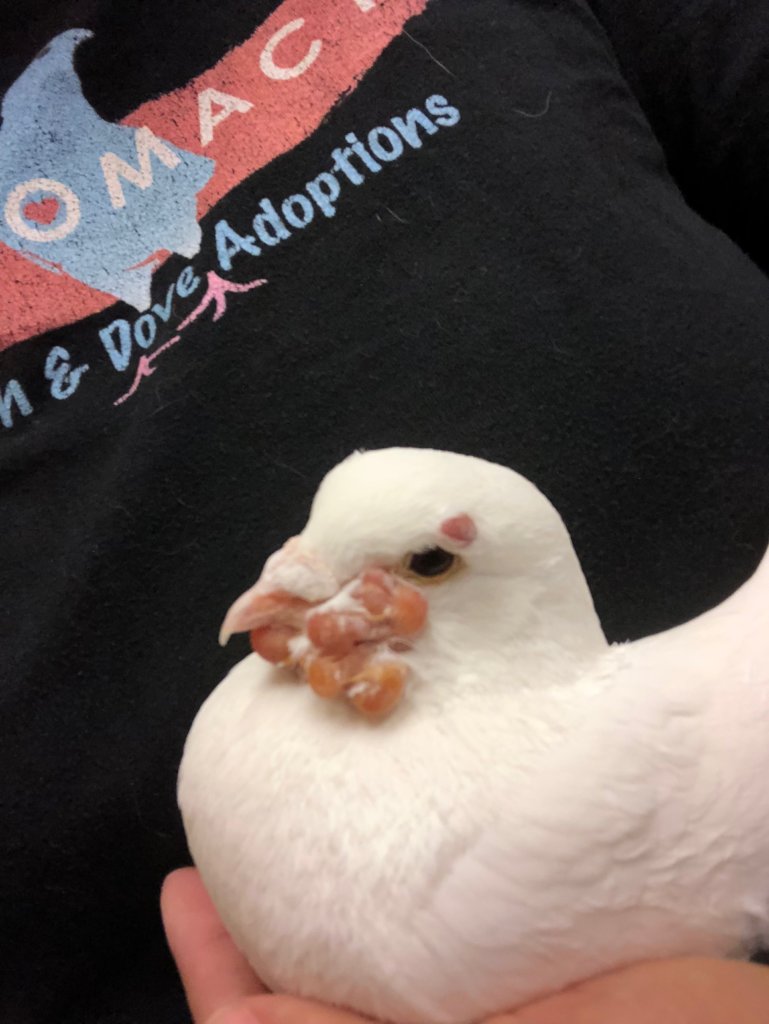
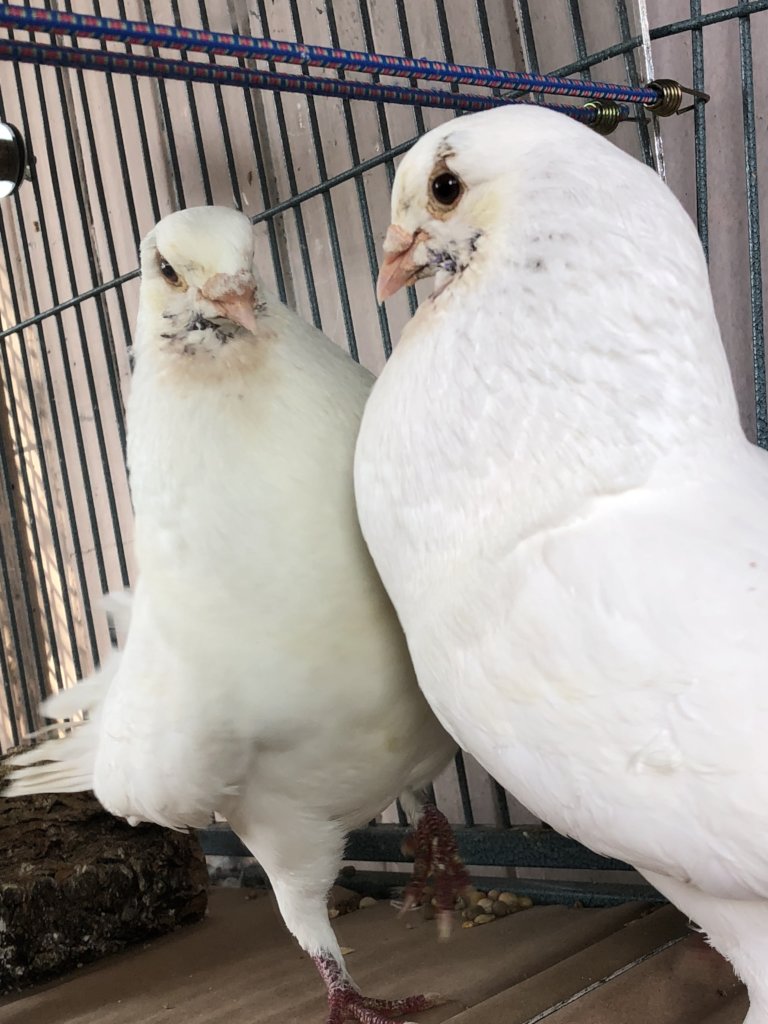
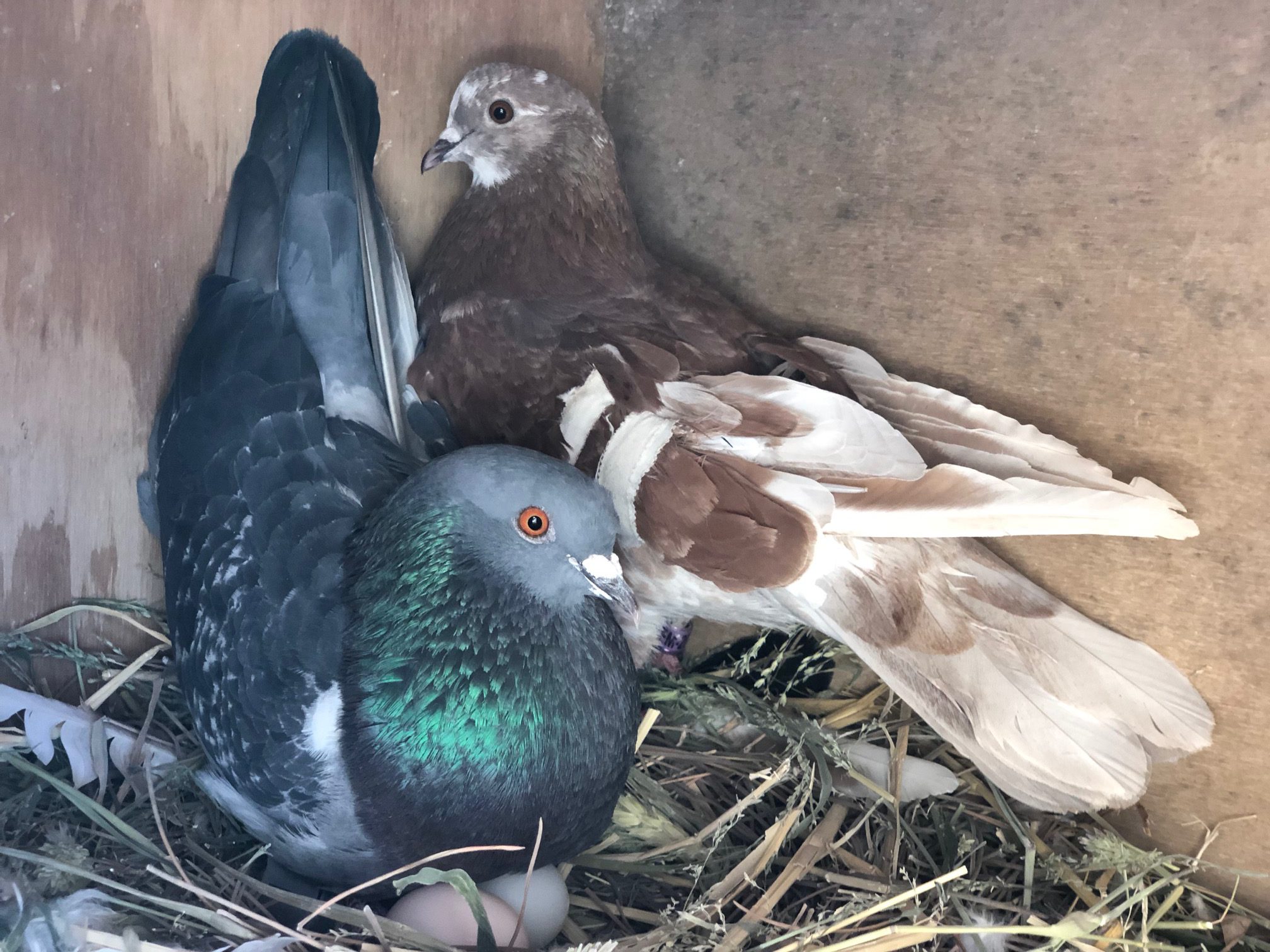

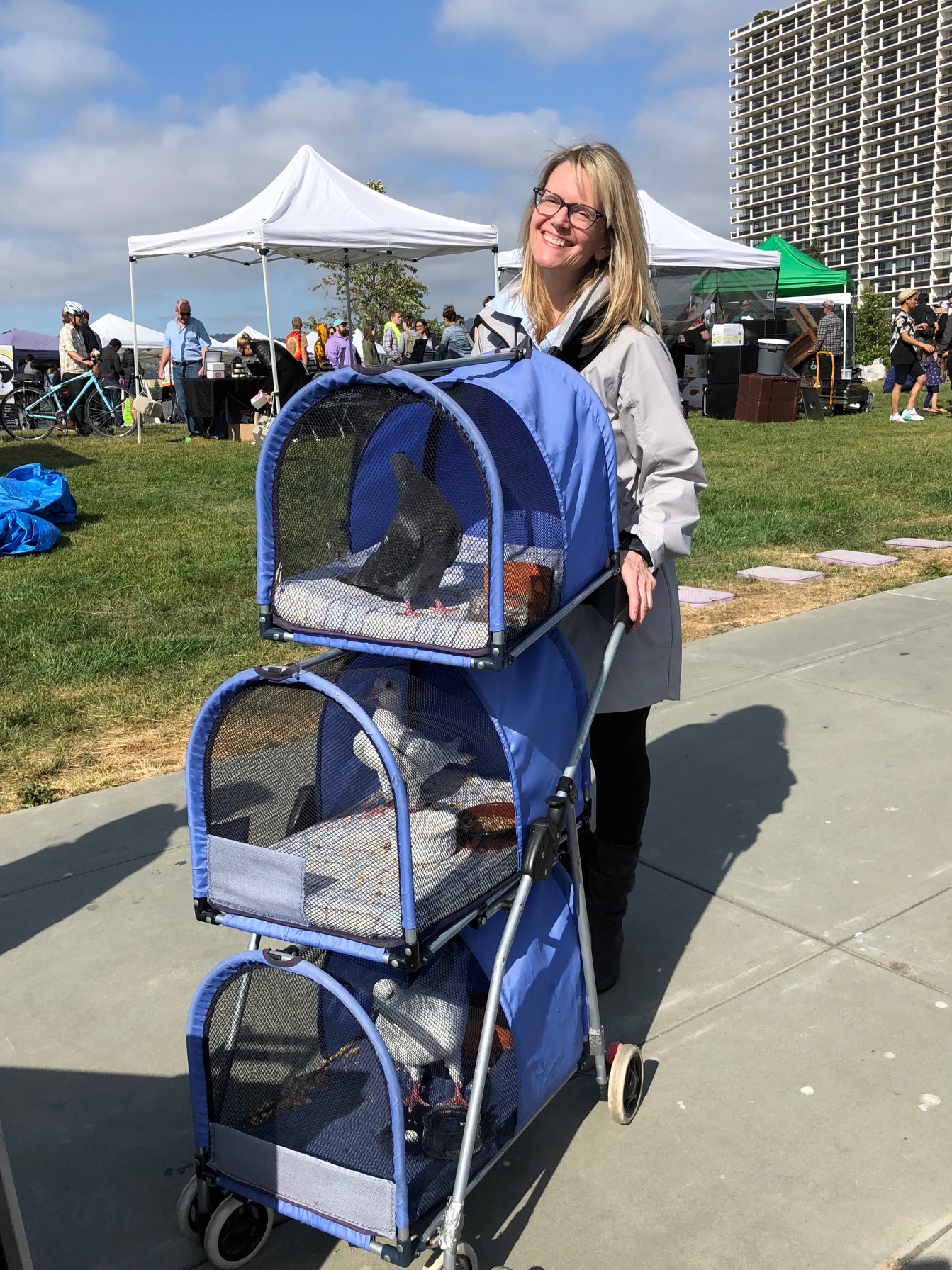
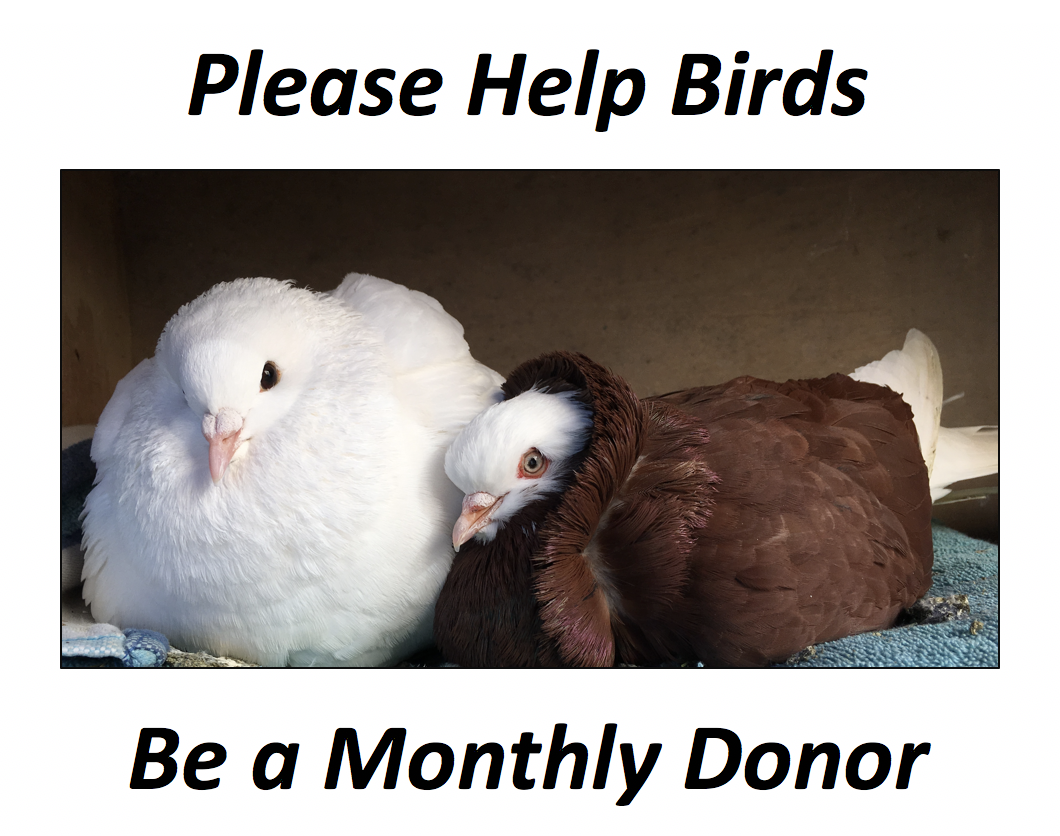


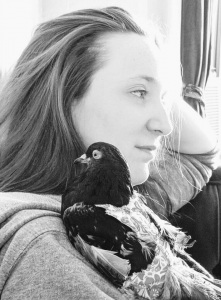 Katie-Anne O’Neil, shown here with pigeon friend Jonah, is a bird rescue volunteer for Chicago Bird Collision Monitors. She lives in Chicago with her strictly-indoor kitties and some button quail. Everything she does for pigeons, she does for her beloved late ringneck dove, Ed the Bird.
Katie-Anne O’Neil, shown here with pigeon friend Jonah, is a bird rescue volunteer for Chicago Bird Collision Monitors. She lives in Chicago with her strictly-indoor kitties and some button quail. Everything she does for pigeons, she does for her beloved late ringneck dove, Ed the Bird.